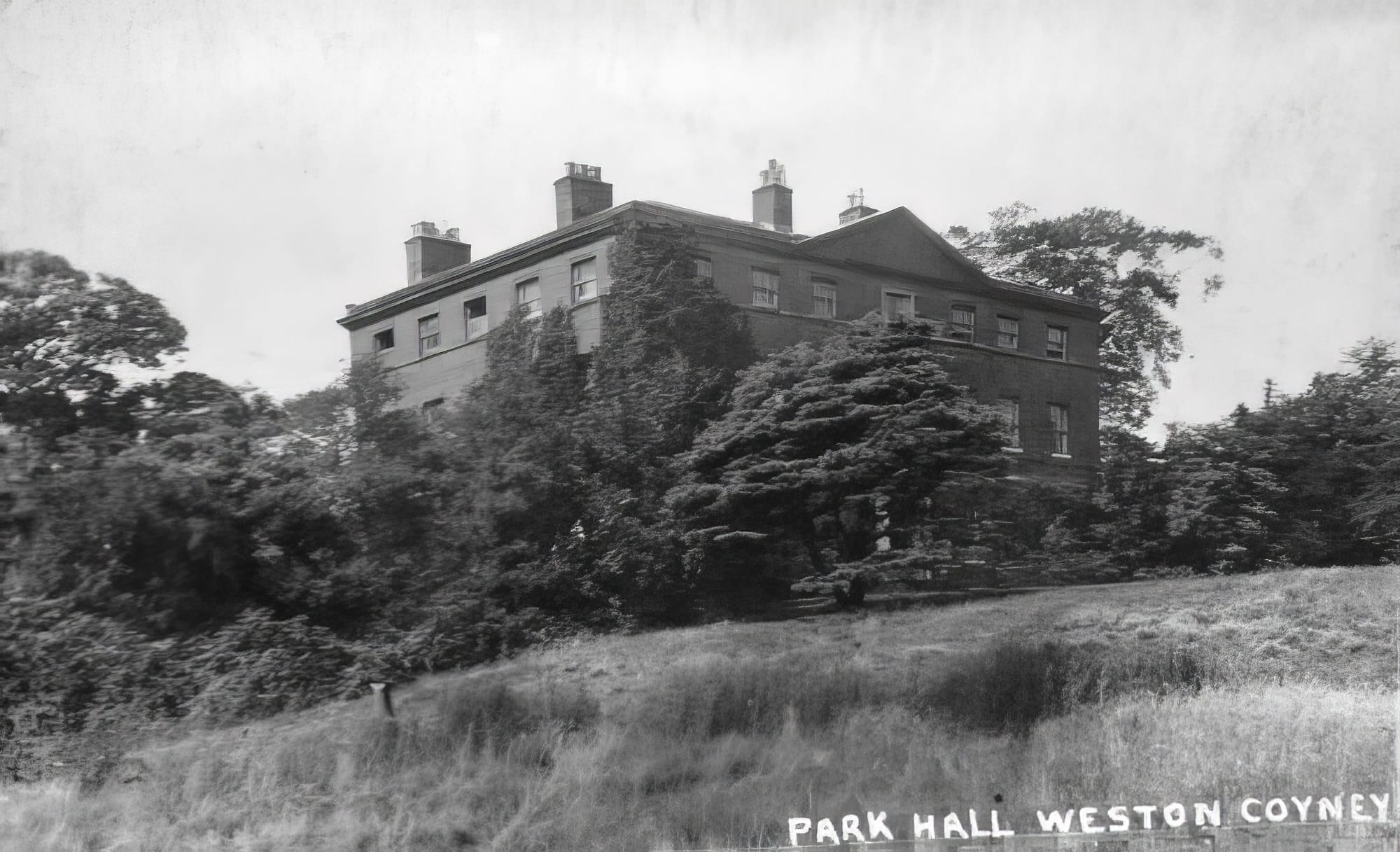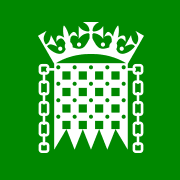Stoke-on-Trent, a city famed for its pottery industry, has witnessed the rise and fall of numerous historic estates that once punctuated its landscape with grandeur and elegance. Among these, the story of Park Hall, nestled in the manor of Weston Coyney, offers a compelling glimpse into the city's rich yet vanishing heritage.
Watch my video about Park Hall on YouTube
The Origins and Early History of Park Hall
The Parker family, originally foresters or keepers in Sherwood Forest, had gradually ascended the social ladder through strategic marriages and acquisitions of land. By the early 17th century, their status had risen significantly, culminating in purchasing the Park Hall estate. George Parker acquired Park Hall during the reign of Charles I (1625 - 1649). The previous owners were the Coyney family of Westone, who had built the original hall in the time of the Normans (1066-1154) under Robert de Stafford (1039 - 1100).
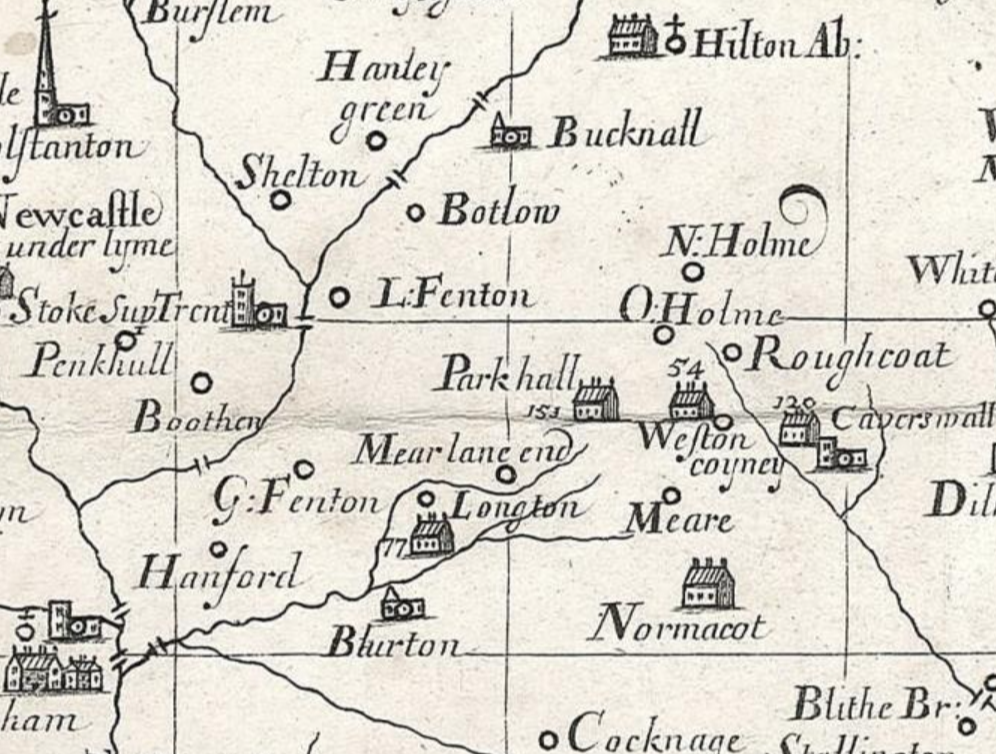
Architectural and Estate Development
The first record of Park Hall shows it with ten hearths in 1666, which points to a substantial estate, indicative of the Parker family's wealth and status. The architecture and layout of Park Hall, though not detailed in the records provided, would have reflected the aesthetic and functional demands of a prominent 17th-century estate.
In the context of historic estates, "10 hearths" refers to a method of assessing the size and therefore the wealth of a property through the number of hearths or fireplaces it contains. This was particularly relevant in England and Scotland during the 17th century when hearth taxes were implemented. The hearth tax was a property tax based on the number of hearths within a dwelling, under the assumption that the more hearths a house had, the more affluent the household was.
Therefore, an estate being described as having "10 hearths" would indicate it was a fairly substantial property, implying a level of wealth and status for its owner. This number of hearths would suggest a large residence with multiple rooms requiring heating, possibly including kitchens, halls, living spaces, and bedrooms. The hearth tax records have been used by historians and genealogists as a means to estimate the size and wealth of households during the periods when the tax was enforced.
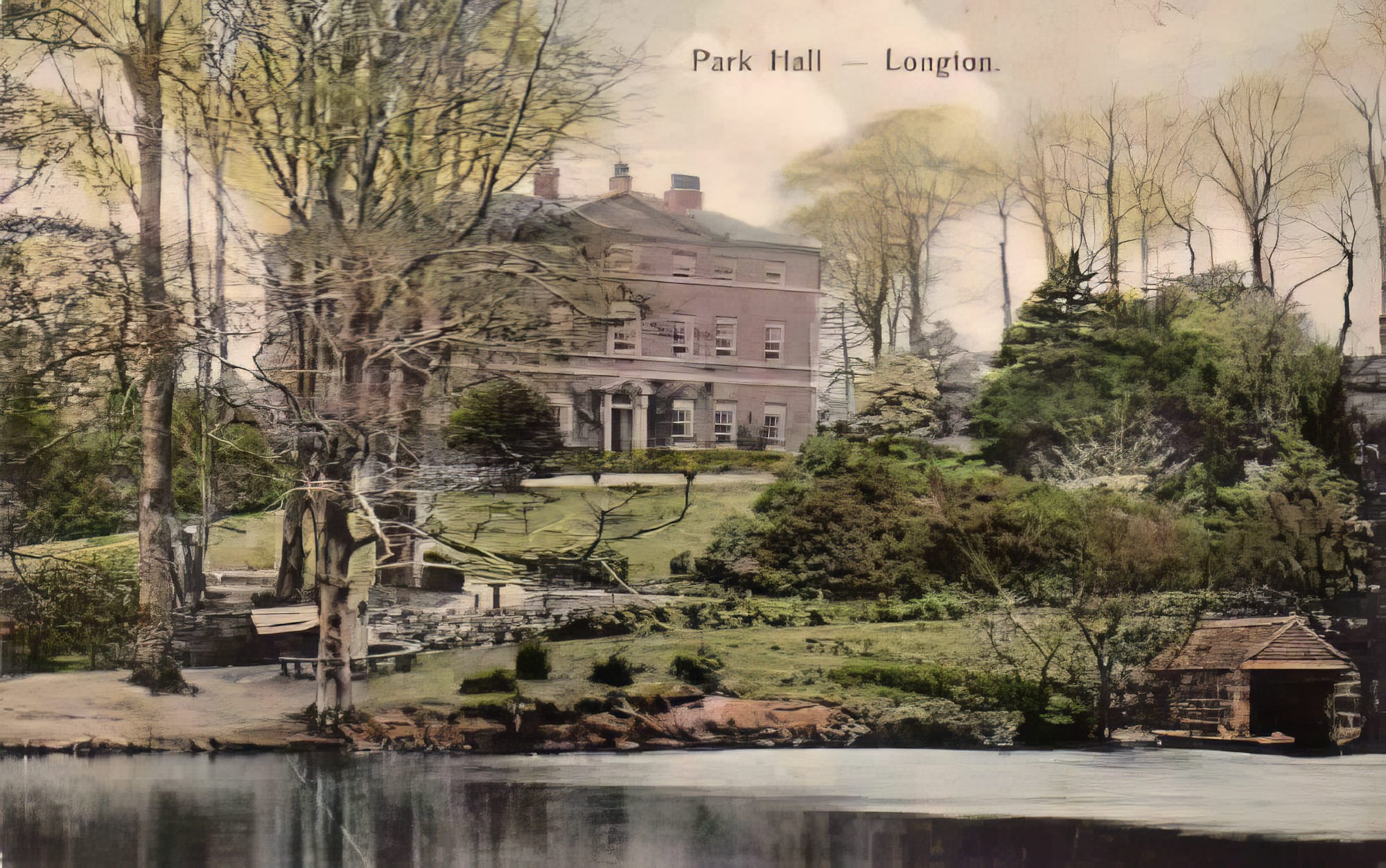
George Parker (1592-1675) - The Patriarch from Derbyshire
The Parkers were originally foresters of keepers in Sherwood Forest. The first Parker of Bulwell in Sherwood Forest married the heiress of Adam De Gotham, whose ancestor, Roger De Gotham, was present at the siege of Calais. Parker is an occupational name from the Middle English parker ‘park-keeper’ (Old French parquier, parchier), an officer employed to look after deer and other game in a hunting park.
George Parker Esq, born in Parwich, Derbyshire, England, was a notable figure of his time, leaving a significant mark in his professional and personal life. He was the son of William Parker and Elizabeth (Wilson) Parker, growing into a well-educated man who graduated from Jesus College, Cambridge, in 1609. His academic journey set the foundation for a diverse career; George initially practised as a solicitor at law and later served as a clerk of the Assize for Staffordshire.
In 1663, George Parker certified his pedigree, proudly embracing the title of George Parker Esq, one of the Justices of Peace for Staffordshire. This certification also included the confirmation of his family's coat of arms. Such recognition not only honoured his achievements but also his family's standing in society.
George married Grace Bateman, the daughter of Hugh Bateman of Hartington, Derbyshire. Together, they had a fruitful family with five children: William Parker Esq., Robert Parker, Elizabeth (Parker) Sleigh, Thomas Parker, and Anne (Parker) Levinge.
He lived through the reigns of King Charles I and II, serving his country as Justice of the Peace with "general applause for his application, skill, and probity." Despite facing "very unequal turns of fortune," George maintained an "equal temper of mind," characterized by perpetual good humour and agreeable wit until his last days.
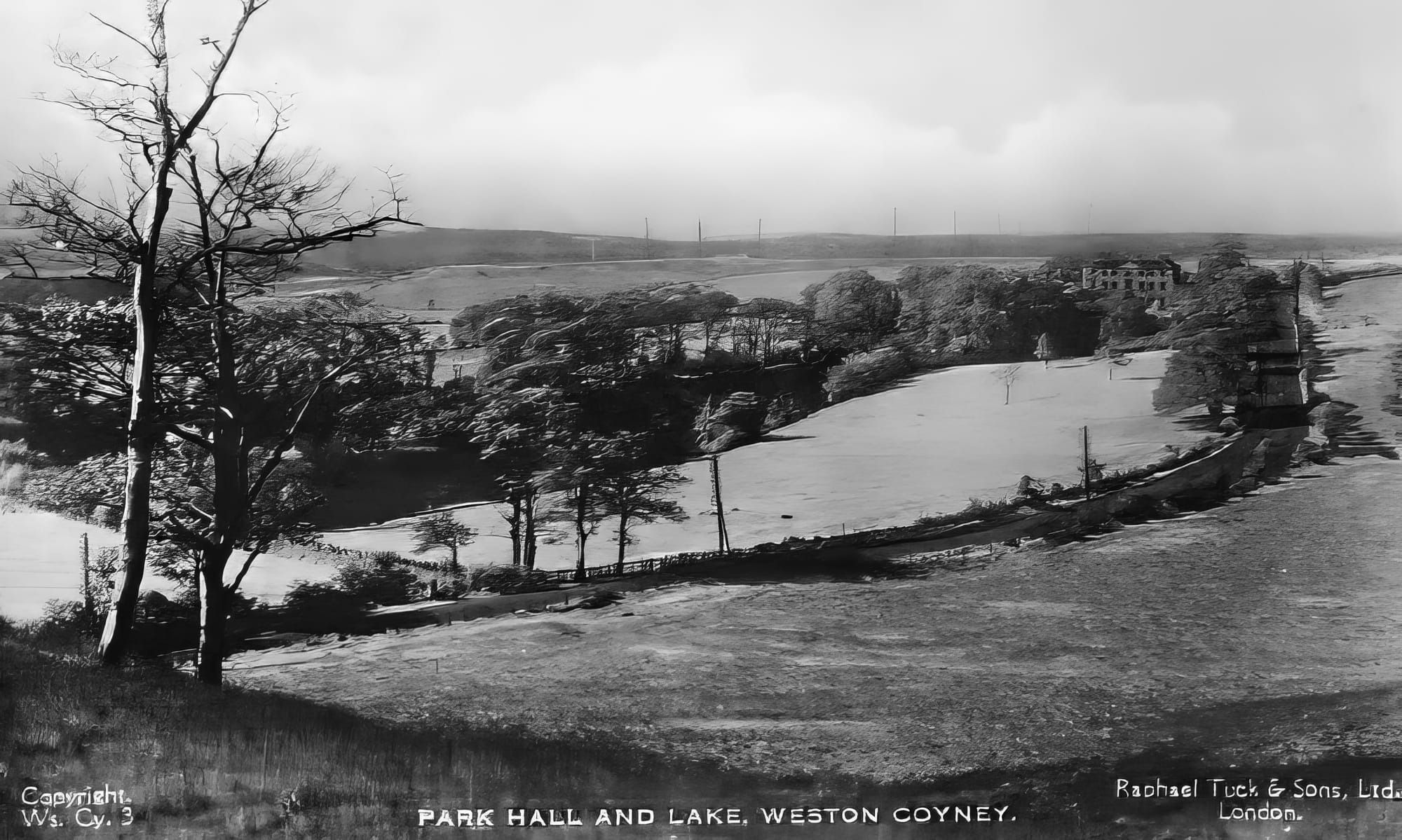
Agricultural Ventures and Yeoman Life
George Parker's account book, mentioned as evidence of the family's prosperity, offers a glimpse into the estate's agricultural operations and the broader economic activities underpinning their wealth. The term "yeoman life" suggests a hands-on approach to managing their lands, engaging in farming practices that were both modern for the time and profitable.
The account book shows that he owned at least two farms or estates near Weston Coyney and Hulme and three halls. He managed one farm himself and hired William Ford as a bailiff for the other. He paid taxes for Park Hall, Caverswall Hall (not to be confused with Caverswall Castle), and Lower Hall in Caverswall. His tax and lease obligations covered window tax payable to the king, poll tax for his family, and levies for the poor, church, and highways across all properties including Caverswall Hall, Park Hall, and Lower Hall. Additionally, he made annual payments to Mr Bradbury, the vicar of Caverswall, for tithes, and procuration fees for Caverswall rectory, and incurred expenses on garden maintenance (e.g. monument steps in garden, ? Park Hall, p.227), repairs at Park Hall or Caverswall Hall (e.g. painting of parlour, p.337), furniture purchases and more.
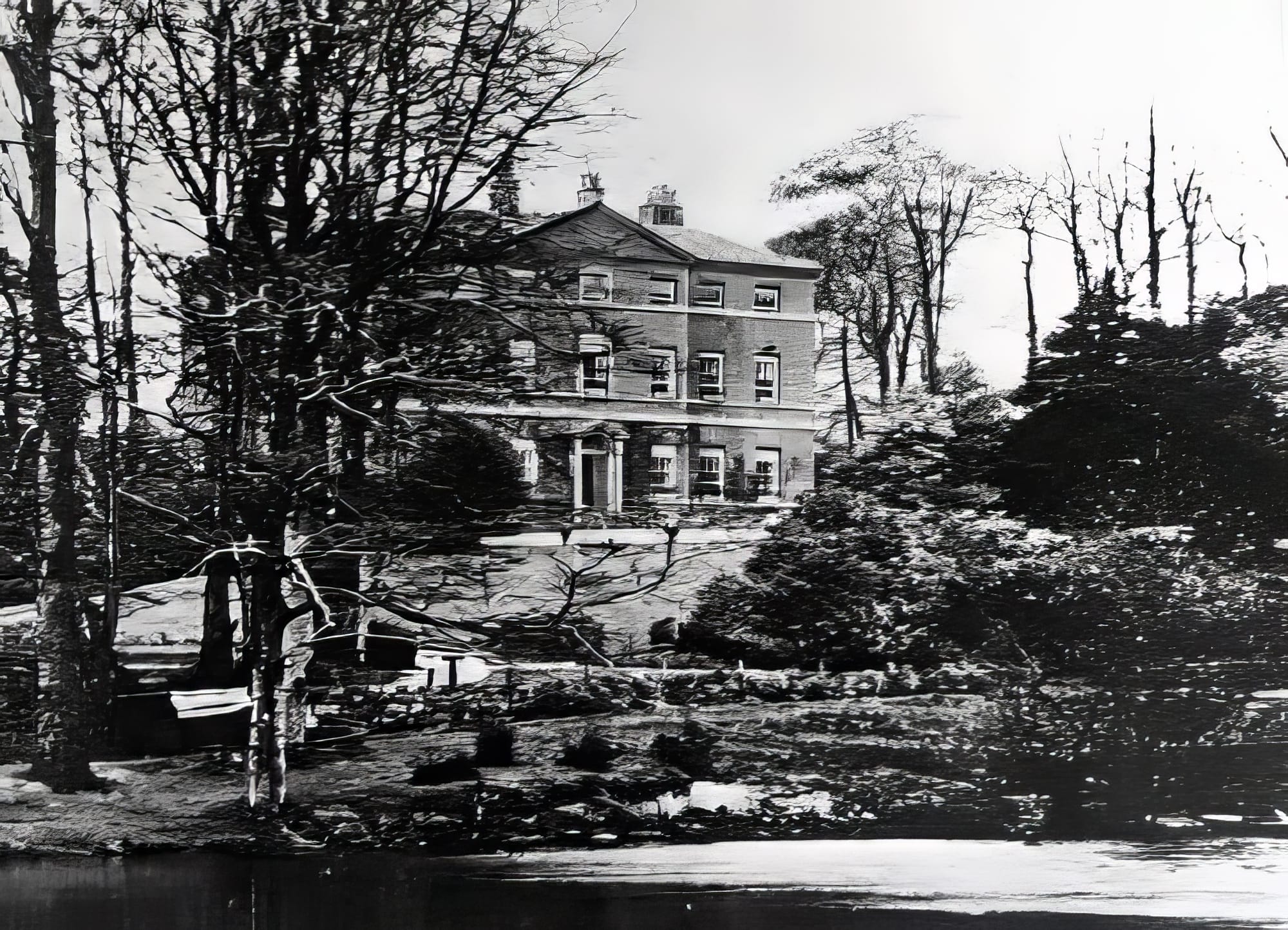
Last Will & Testament
George Parker's will, dated April 15, 1675, provides another valuable insight into his values and priorities. In it, he bequeathed mourning gold and household items to his children and grandchildren, highlighting his thoughtful consideration for his family even in death. His estate was entrusted to his sons William and Thomas Parker as executors. Proved at Caverswall on April 11, 1676, George Parker's will cemented his legacy, ensuring that his contributions to his family and community would be remembered long after his passing on May 9, 1675, at the age of approximately 83.
George's legacy is notably celebrated in his epitaph at St Peter’s Church, Caverswall, where he is remembered not just for his socio-political contributions but also for his virtues—“perpetual good humour and agreeable wit.” This characterization suggests a man of depth and personality, whose influence was not limited to the legal or political sphere but extended into the social and cultural life of his community.
Epitaph in Caverswall Church
Here lieth the body of George Parker esq.s who served his country as Justice of ye peace in ye reigns of King Charles ye It and 2nd with generall applause for his application skill and probity in very unequal turns of fortune of an equal temper of mind, of perpetual good humour and agreeable witt to the last. He married Grace ye daughter of Hugh Bateman gent: and had issue William Thomas Robert Anne and Elizabeth whom he sawe well settled and ye 9th of May 1675 resigned up his soul into ye hands of God aged 84.
William Parker esqr lyes also interred near this place who was signall for firmness in his religion and loyalty and for justice and sincerity in everything. A common peacemaker and a friend to all but knaves whom of all sorts he abhorrd and haveing thus long servd his generation was ye 12th August 1703 called out of this tabernacle to a better abode in ye 83d year of his age.
Bridgett Parker was for filial piety to her aged father and other virtues of ornament of her sex. Shee departed this life ye 1st of November 1702 leaving to ye minister of this place 20s per annum to preach 2 sermons on ye 25th March and ye 29th September yearly about a true saving faith. Her body lyes also buryed in this chancell.
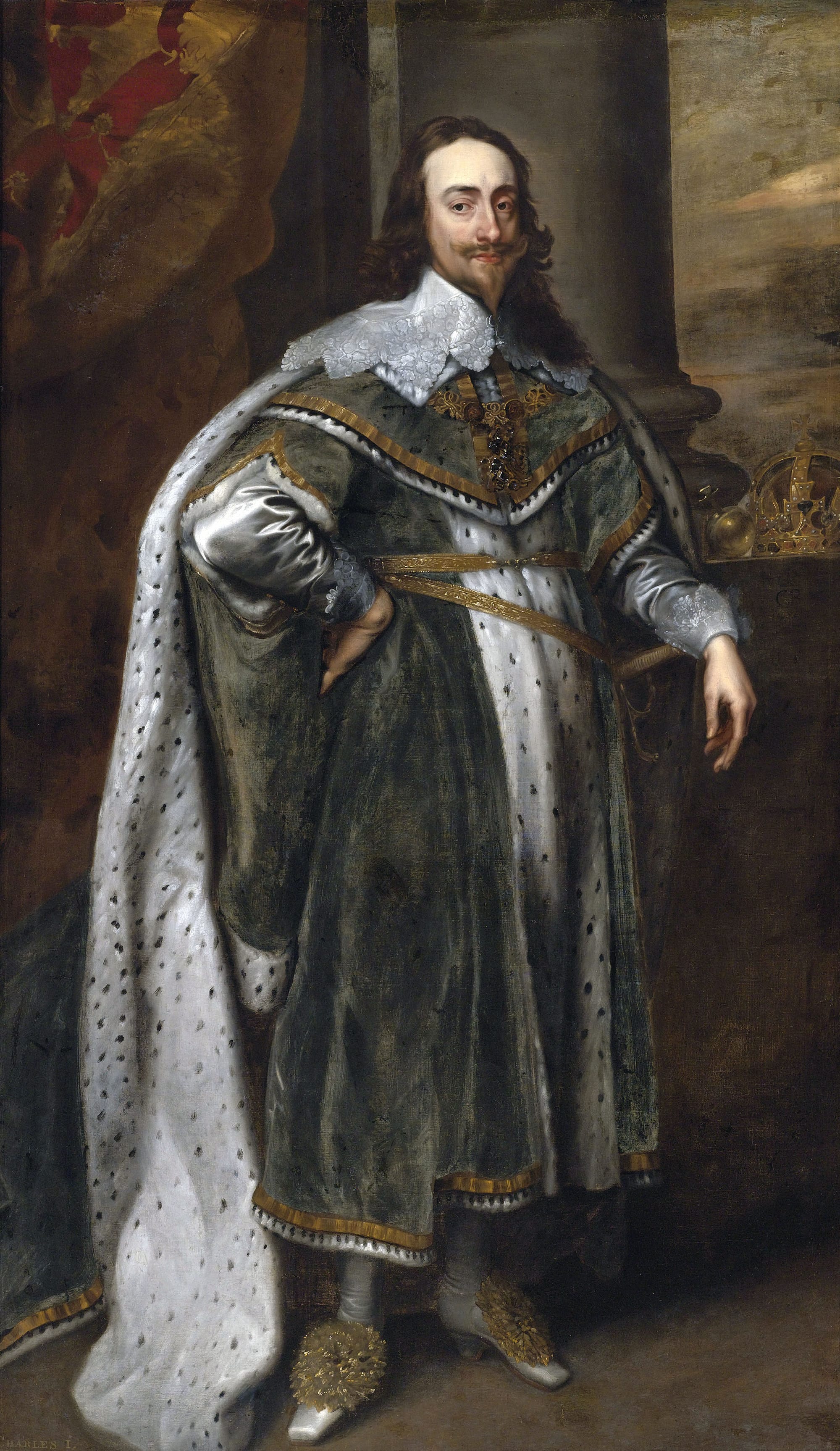
Civil War and Restoration: The Ordeal of William Parker
The mid-17th century in England was marked by the Civil War, a conflict that not only divided the nation but also its families and estates. Among those caught in this historical upheaval was William Parker (1622-1703), George Parker's eldest son and the heir to Park Hall. He served as a Commander of Infantry during the English Civil War (1642 - 1651), remaining loyal to Charles I and II. His unwavering loyalty to King Charles I (1600 - 1649) and the monarchy set the stage for a series of personal and familial challenges that underscored the era's political and social turmoil.
Confiscation and Imprisonment
As a consequence of his Royalist leanings, William faced severe repercussions from the ascendant Parliamentarian forces. His estate, Park Hall, was confiscated, stripping the family of their home and symbol of status. Moreover, William's loyalty to the monarchy led to his imprisonment in Stafford Gaol. His incarceration was not just a personal loss but a blow to the Parker family's prestige and influence.
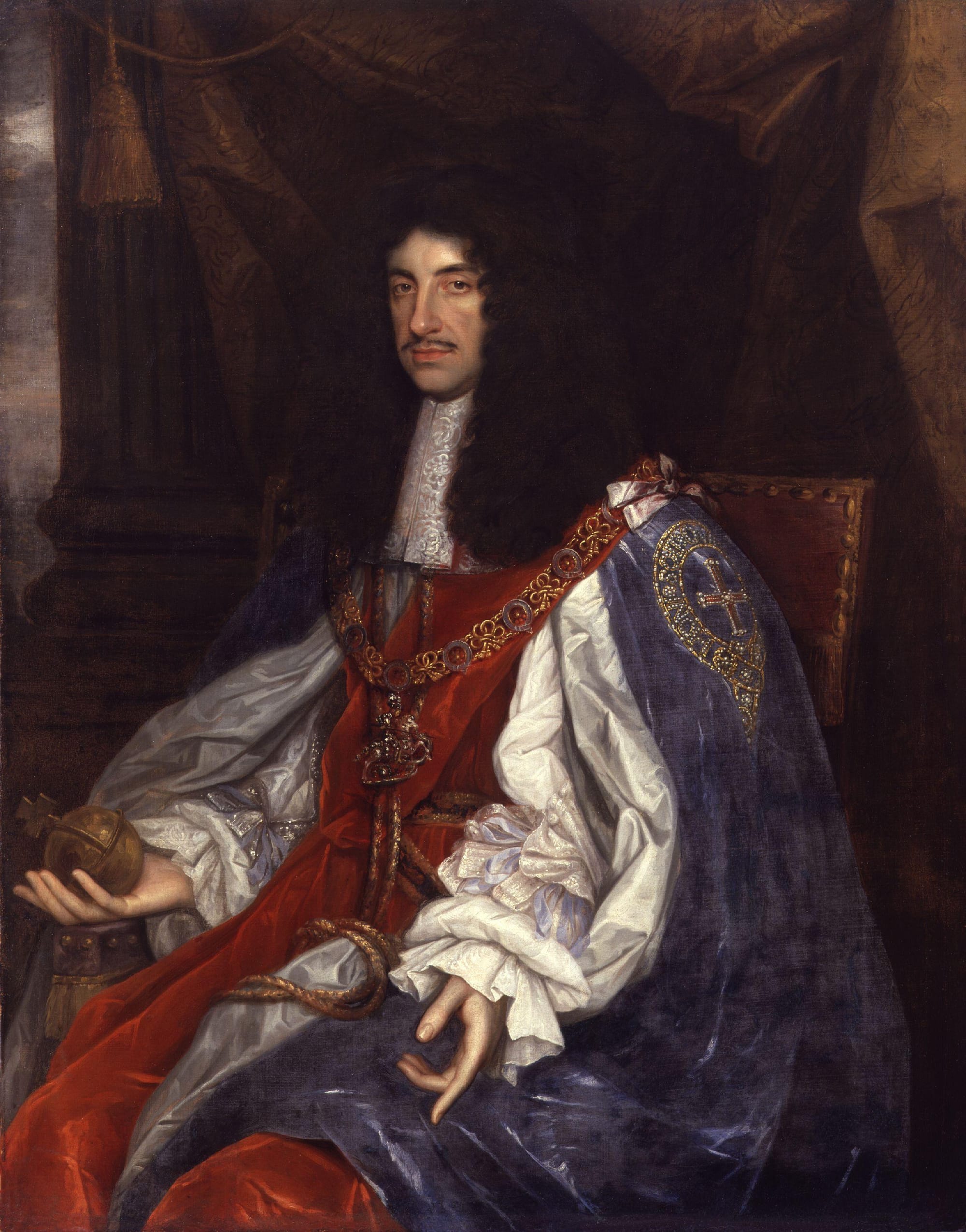
Restoration and Reclamation
The Restoration of the monarchy in 1660, with the ascension of King Charles II (1630 - 1685), marked a turning point for William Parker and his family. This period was characterized by the reinstatement of those who had been dispossessed and persecuted for their loyalty to the monarchy. William's estate, Park Hall, was restored to him, a move that symbolized the changing political winds and the monarchy's effort to reward loyalty and rebuild its base of support.
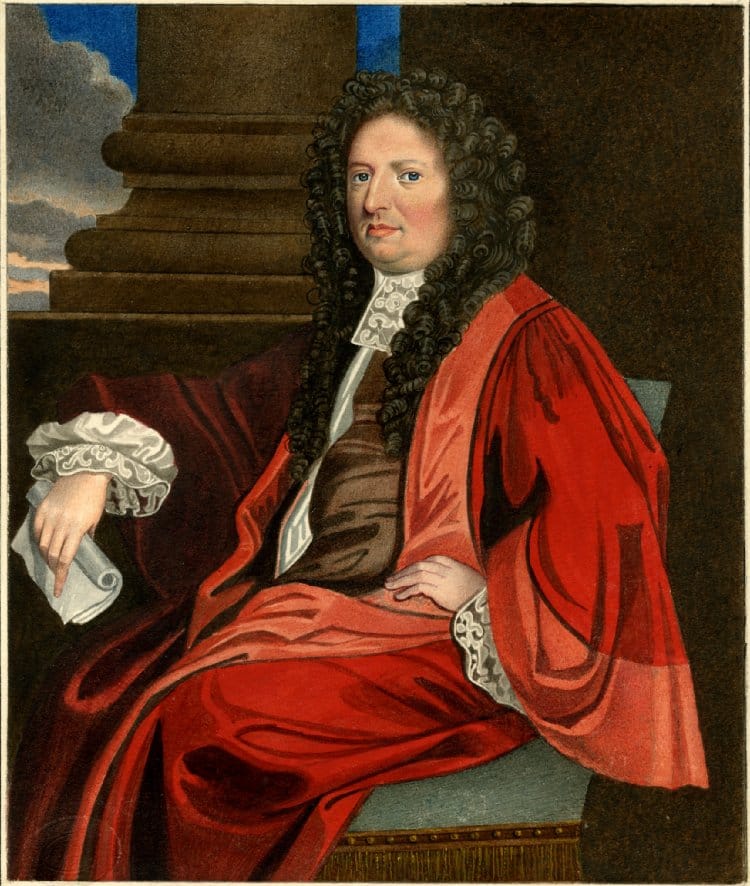
Dr Robert Plot
In 1686, Dr Robert Plot (1640 - 1696), while working on his seminal work, "The Natural History of Staffordshire” (1686), recorded a detailed observation of an innovative oat mill located at William Parker's Park Hall. This detailed account highlights a remarkable intersection of agriculture and technology that was quite ahead of its time. Dr. Plot describes how the oat mill was not just a simple mechanical device but a sophisticated piece of engineering that husked and winnowed oats before milling them into meal. The most notable feature of this mill was its unique power transmission mechanism. Unlike conventional mills that were directly powered by water, this oat mill utilized an ingenious system of two interconnected wheels. One wheel was attached to the runner of an initial mill, while the other was connected to the grinding mill's runner, with a substantial rope facilitating the transfer of mechanical energy between them.
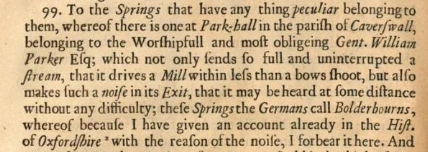
Further expanding on his explorations, Dr Plot mentions William Parker, a member of the Parker family, who not only introduced him to this oat mill but also accompanied him on his exploratory journeys in the vicinity of Park Hall. William Parker showed Dr Plot two significant watermills, which likely played a crucial role in the local agricultural and technological landscape. These watermills, paired with the innovative oat mill, underscore the Parker family's deep-rooted interest in and commitment to advancing agricultural productivity through technological innovation.


Monument in St Peter's Caverswall: William Parker esqr lyes also interred near this place who was signall for firmness in his religion and loyalty and for justice and sincerity in everything. A common peacemaker and a friend to all but knaves whom of all sorts he abhorrd and haveing thus long servd his generation was ye 12th August 1703 called out of this tabernacle to a better abode in ye 83d year of his age.
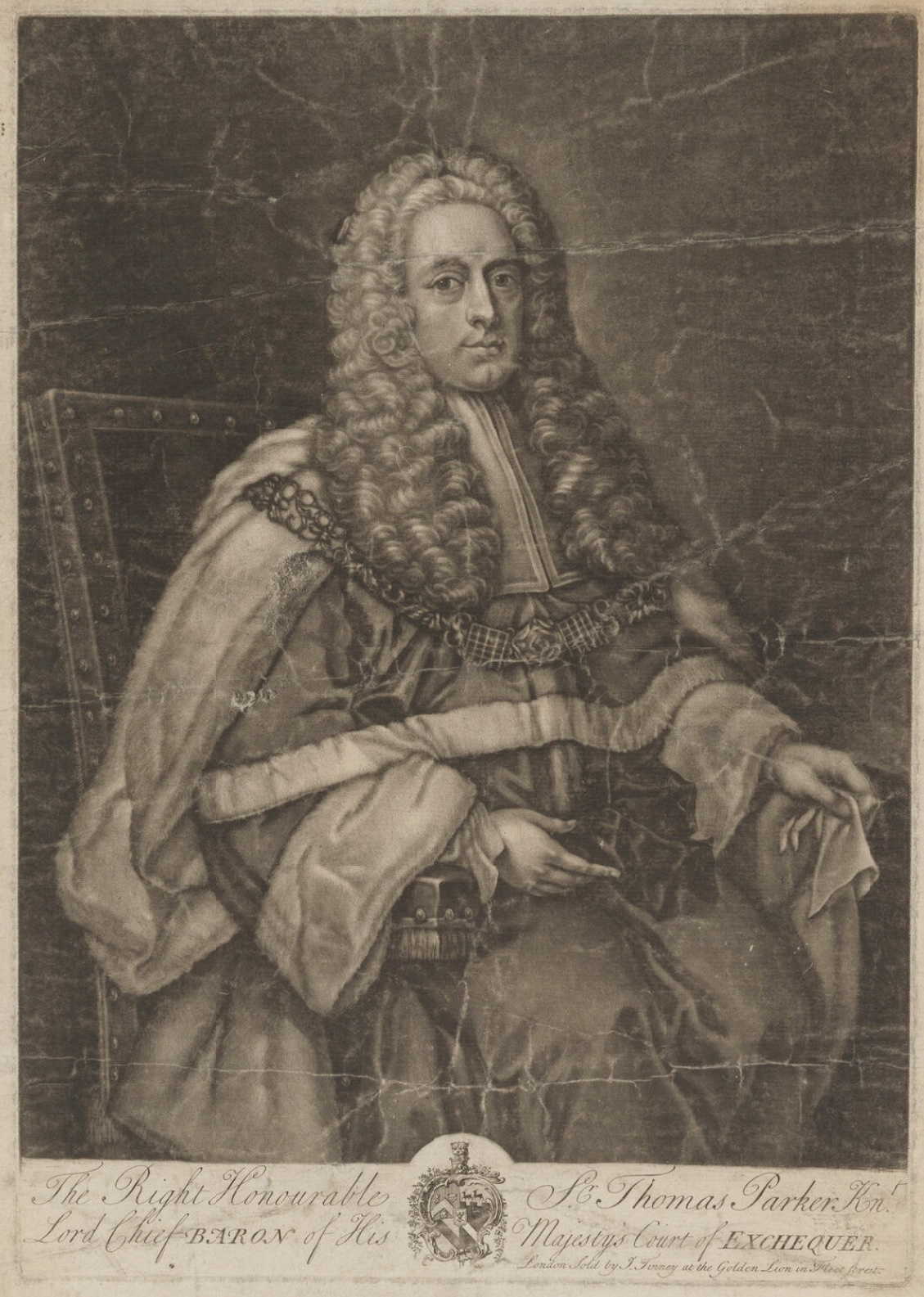
Park Hall was then passed down to William’s son, George (1664 - 1716) and then to his son Sir Thomas Parker (1695 - 1784). Sir Thomas Parker, PC, carved a distinguished path in the English legal system. Educated at Lichfield Grammar School, he began his legal training in the office of London solicitor Charles Salkeld, alongside notable colleagues such as Philip Yorke and John Strange. His legal career officially commenced with his admission to the Inner Temple in 1718, and his subsequent call to the bar in 1724.
Parker's rise through the legal ranks was steady; he became a serjeant-at-law and King's Serjeant in 1736, was appointed a Baron of the Exchequer in 1738, and after a brief period in the Court of Common Pleas in 1740, was knighted in 1742 and became the Lord Chief Baron of the Exchequer, a position he held with distinction until his resignation in 1772. Upon his resignation, he was granted a substantial pension and was sworn into the Privy Council.
Sir Thomas Parker's legal legacy was significant, spanning from his early days as a barrister to his tenure as Lord Chief Baron, marked by his influential connections and substantial contributions to the British legal system. He passed away on 29 December 1784 in South Weald, Essex, leaving behind a legacy of legal service and was laid to rest in the family vault at Caverswall Church, Staffordshire.
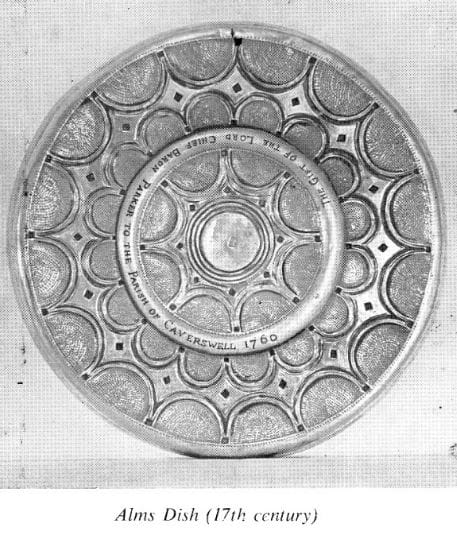
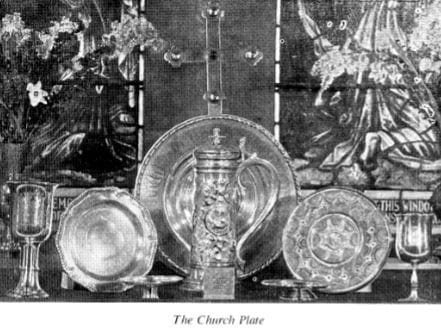
Donations to the Local Church
St. Peter's Church received a valuable silver plate set from Lord Chief Baron Thomas Parker in 1760. This set, made of silver gilt, includes a flagon, paten, and almsdish, each engraved with the Parker family crest. Notably, the flagon and alms dish display high-quality hammered work, and the alms dish is dated 1628 with the initials T.T.
The donation by Sir Thomas Parker, featuring his family's crest, was an important contribution to St. Peter’s Church. It reflects the tradition of the time for the upper class to support their local church and community, showcasing their status and connection to the area.
The silver plate has been used in church services and stands as a lasting symbol of the Parker family's contribution and status in the local community.
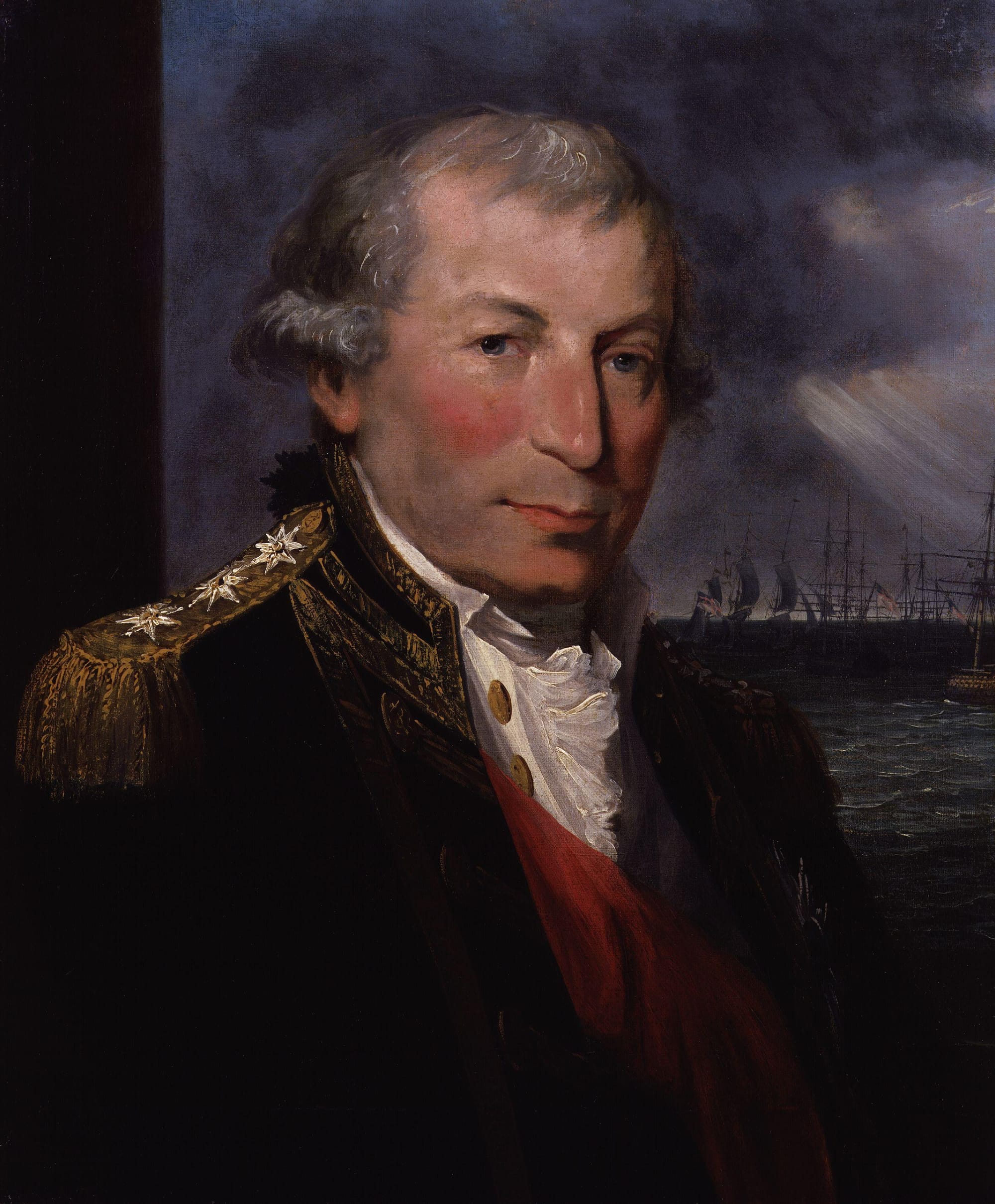
Strategic Marriages and Social Alliances
The ascendancy of the Parker family in the socio-political landscape was significantly aided by their strategic matrimonial alliances. Marriages within the gentry and the nobility were not just personal unions but also political and economic strategies that bolstered families' statuses and influence. The Parkers were adept at navigating this aspect of social advancement, intertwining their lineage with other influential families.
One of the most notable alliances was with the Jervis family of Meaford Hall, a connection that brought additional prestige and reinforced the Parkers' standing within the elite circles. Such alliances were instrumental in expanding the Parkers' social network, enabling them to leverage these relationships for political and legal advantage.
It was Sir Thomas Parker's daughter Martha Parker (1741 - 1816), born at Park Hall, who went on to marry her cousin John Jervis, 1st Earl of St Vincent GCB, PC (9 January 1735 – 13 March 1823). He was a notable figure in the Royal Navy, serving from 1749 to 1823. He achieved prominence for his roles in several major naval conflicts, including the Seven Years' War, the American War of Independence, the French Revolutionary Wars, and the Napoleonic Wars. His most celebrated victory came in 1797 at the Battle of Cape Saint Vincent, significantly boosting his reputation and earning him a place among Britain's naval heroes.
Jervis was known not only for his tactical acumen but also for his efforts to reform the navy, improving its efficiency, discipline, and self-sufficiency. He introduced innovations such as the block-making machinery at Portsmouth and was recognized for his stringent, albeit sometimes controversial, disciplinary measures. These reforms extended beyond the fleet to include the naval dockyards, where he tackled corruption and inefficiency, despite facing considerable opposition.
In addition to his military achievements, Jervis also served in political office, including a term as First Lord of the Admiralty, where he continued his reformist agenda. His tenure in office was marked by efforts to eradicate corruption and implement structural changes within the navy. These efforts were not always popular but aimed at strengthening the naval force.
Jervis's impact extended beyond his lifetime, with several ships named in his honour and his strategies and reforms influencing naval practices for generations. He remains a celebrated figure in British naval history, remembered for both his military prowess and his commitment to improving the navy's effectiveness and integrity.
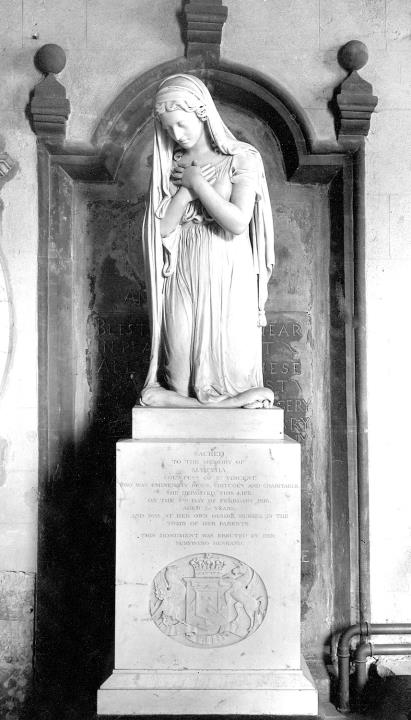
The Parker family's prominence was further immortalised in the commemoration of Countess St Vincent in Caverswall parish church.
The memorial in Caverswall parish church served as a lasting symbol of the family's enduring legacy, reflecting the respect and honour they commanded within society. It also highlighted the role of women in consolidating and celebrating familial prestige, through both their social actions and how they were remembered.
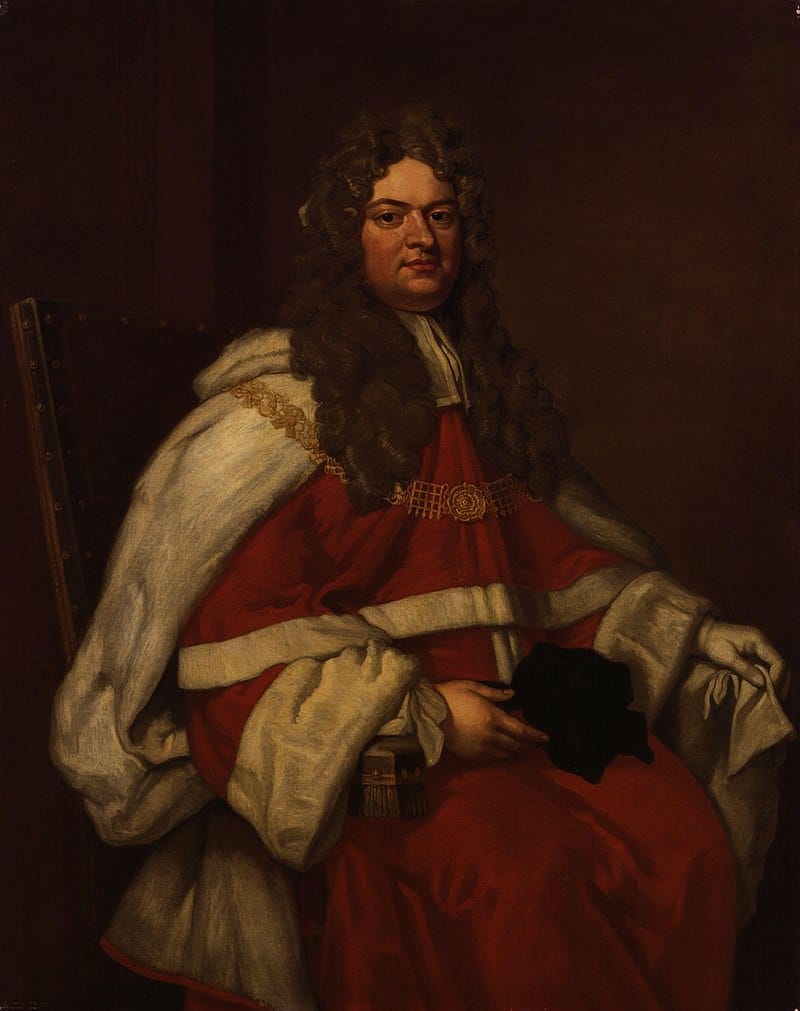
Sir Thomas Parker: A Scandal
Sir Thomas Parker (1666 - 1732) was the nephew of Willam Parker the cousin of George and a notable member of the family. The 1st Earl of Macclesfield, PC, FRS, was a pivotal figure in the early 18th-century British legal and political spheres, initially building his reputation as a successful lawyer and Whig MP for Derby from 1705 to 1710. His ascent to high office included roles as Lord Chief Justice and Lord High Chancellor of Great Britain, during which he notably supported the Hanoverian succession.
However, his career took a dramatic turn when he was impeached and found guilty of corruption in 1725 after taking over £100,000 (£17,056,461.58 in 2024) in bribes, leading to a substantial fine of £30,000 (£5,116,938.47 in 2024) and a period of imprisonment in the Tower of London. Despite his contributions to the law and his election as a Fellow of the Royal Society, his later years were spent in retirement at Shirburn Castle, his legacy tarnished by his conviction.
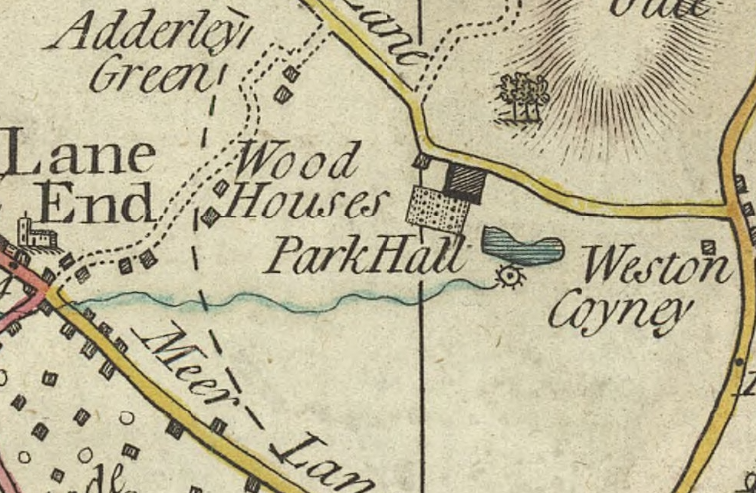
The Fire of 1793 and Subsequent Rebuilding
In 1793, a catastrophic event reshaped the destiny of Park Hall: a fire that led to the estate's near-total destruction. The incident was a significant blow to the Parker family, both emotionally and materially. Yet, it also marked the beginning of a new chapter in the estate's history. The decision to rebuild Park Hall was a testament to the family's resilience and commitment to maintaining their ancestral home and presence in the region.
The rebuilding process was not merely about restoration but transformation. The new Park Hall was envisioned to reflect the architectural sensibilities of the late 18th century, incorporating design elements that spoke to the family's status, tastes, and the era's architectural innovations such as the red brick and symmetrical design. This period of construction would have been a significant undertaking, involving local craftsmen, architects, and a considerable allocation of the family's resources.
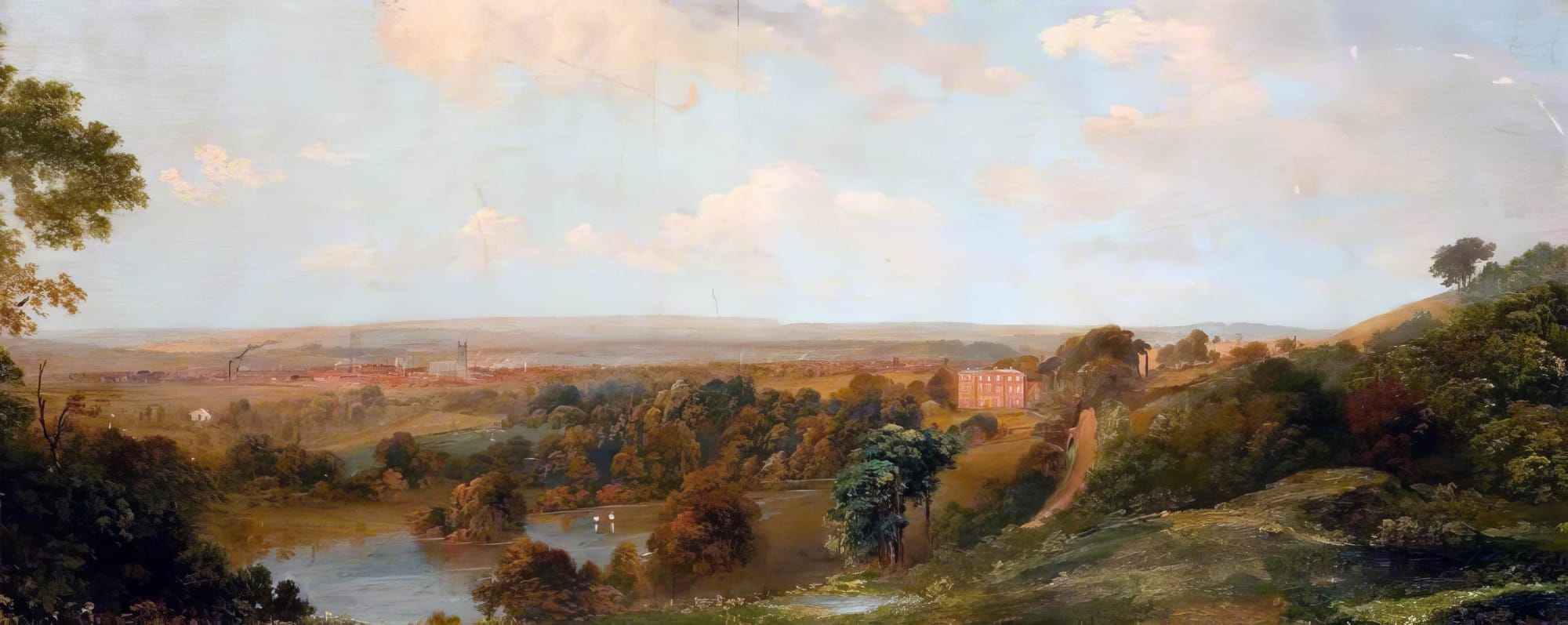
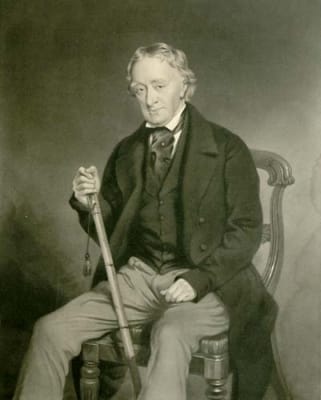
The Continuation of the Family Line
Martha’s brother, Thomas Parker (1732 - 1797) had a daughter Mary Anne (1790 - 1855) who married Edward Jervis Jervis (1767 -1859), 2nd Viscount St Vincent of Meaford, son of William Henry Ricketts and Mary Jervis, on 14 April 1810. After her marriage, Mary Anne Parker was styled as Viscountess Saint Vincent of Meaford.
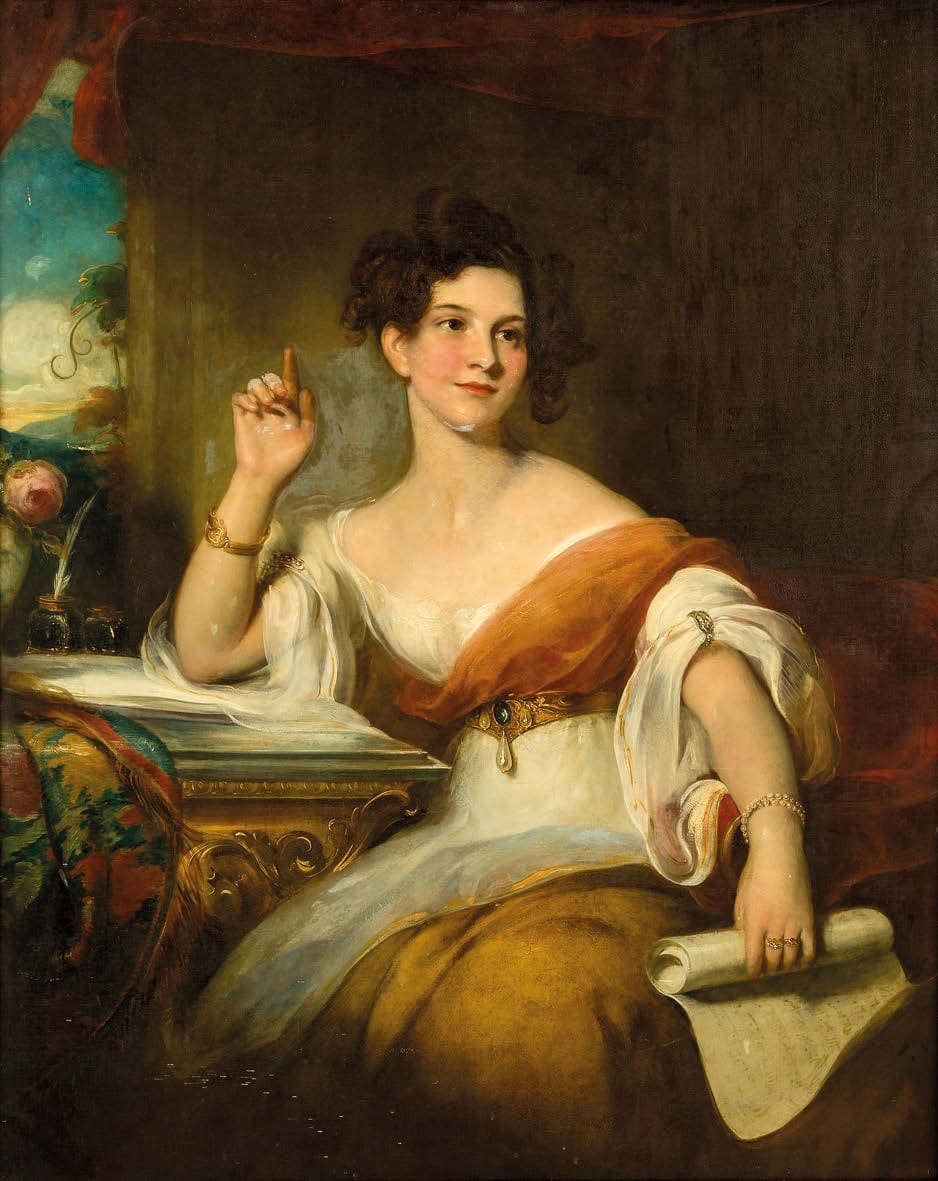
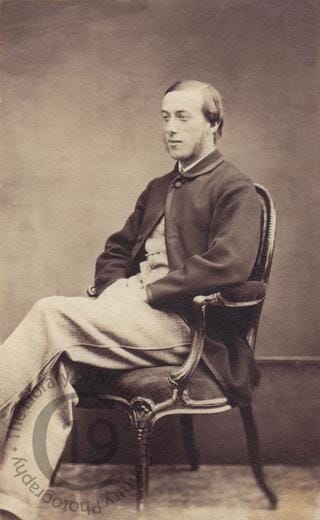
Their daughter was The Hon. Mary Anne Jervis, Lady Forester of Meaford Hall, (1803 - 1893). Their son, her brother, was the Hon. Edward Swynfen Parker-Jervis (1815 - 1896). He lived at Park Hall with his wife, Mary Barker. Their second son John St. Vincent Parker Jervis (1840 - 1892) also lived at the hall with his wife Anne Hotham. He was also a Justice of the Peace. They had no children.

Social Engagements and the Estate's Role in the Community
Beyond its architectural grandeur and agricultural productivity, Park Hall served as a social hub for the region. The family's social engagements—ranging from hosting gatherings to participating in local events—reinforced their social standing and the estate's role as a centre of community life.
These activities not only provided the family with opportunities to display their hospitality and wealth but also to engage in the social politics of the time, fostering alliances, and maintaining their influence in the region's social hierarchy.
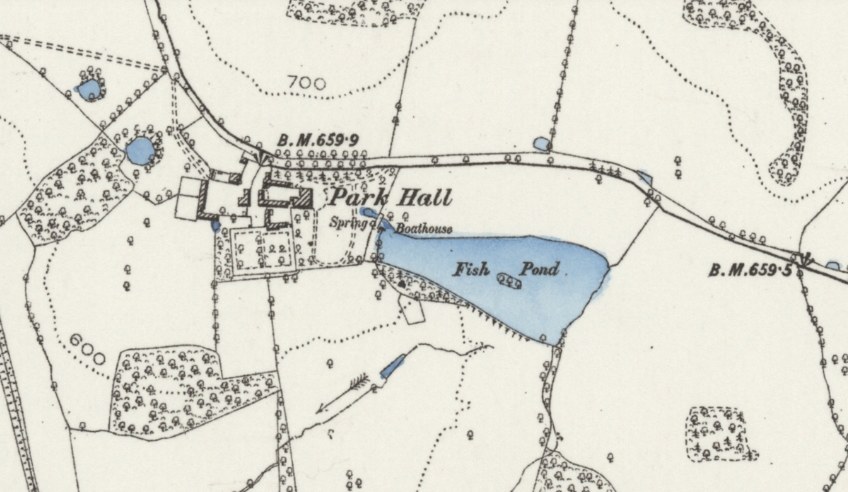
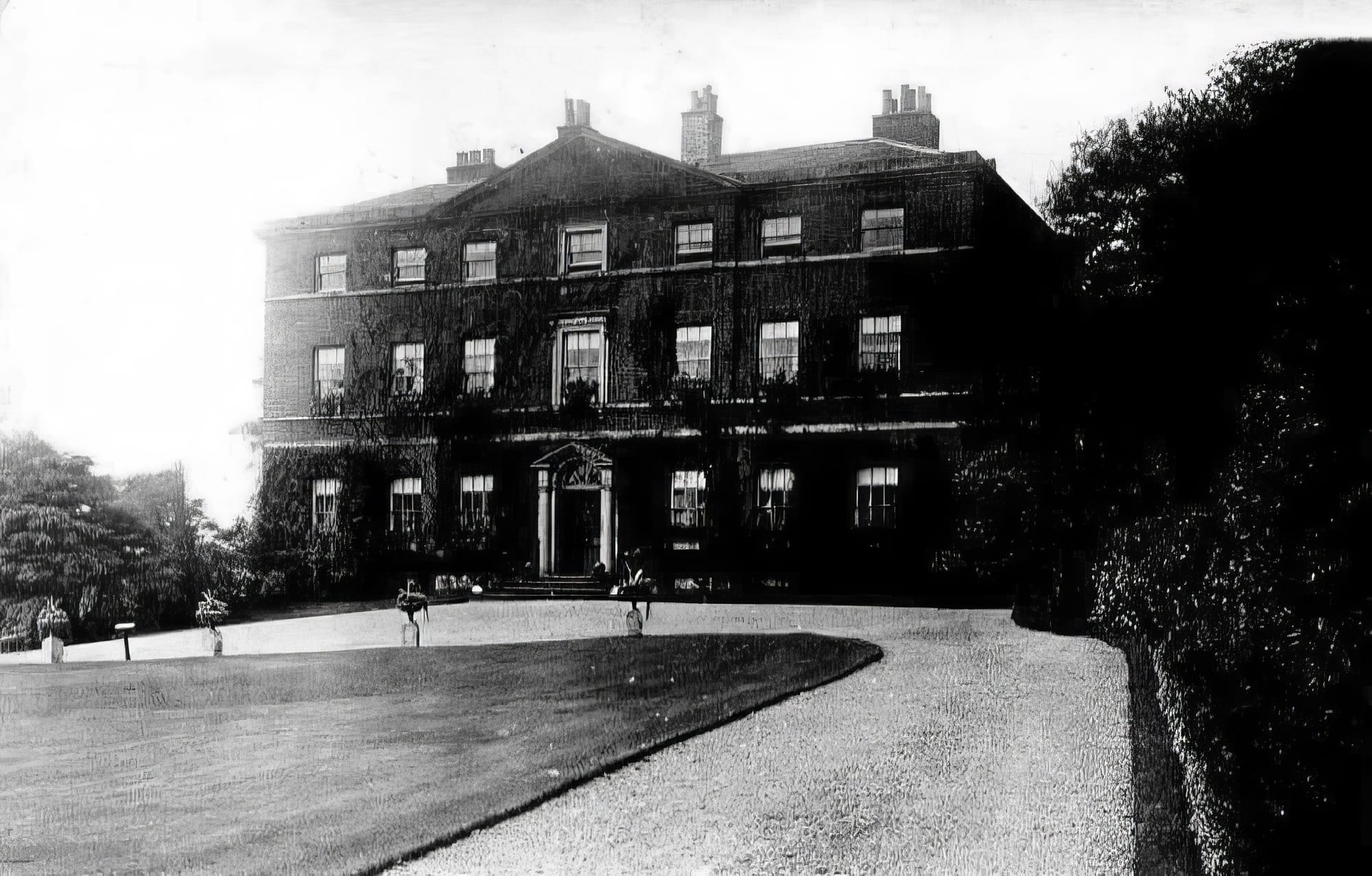
The Decline of Park Hall
The story of Park Hall and the Parker family's stewardship over the centuries encapsulates a narrative familiar to many historic estates across England: a gradual decline precipitated by economic, social, and political changes. The 19th century, with its industrial advancements and shifting societal structures, began to erode the traditional foundations upon which estates like Park Hall rested.
As the 20th century unfolded, these pressures only intensified, with the world wars, changes in agricultural practices, and evolving social norms further challenging the viability and relevance of such estates. For Park Hall, this era was marked by a noticeable decline, as the estate struggled to maintain its once-prominent position within the local landscape.
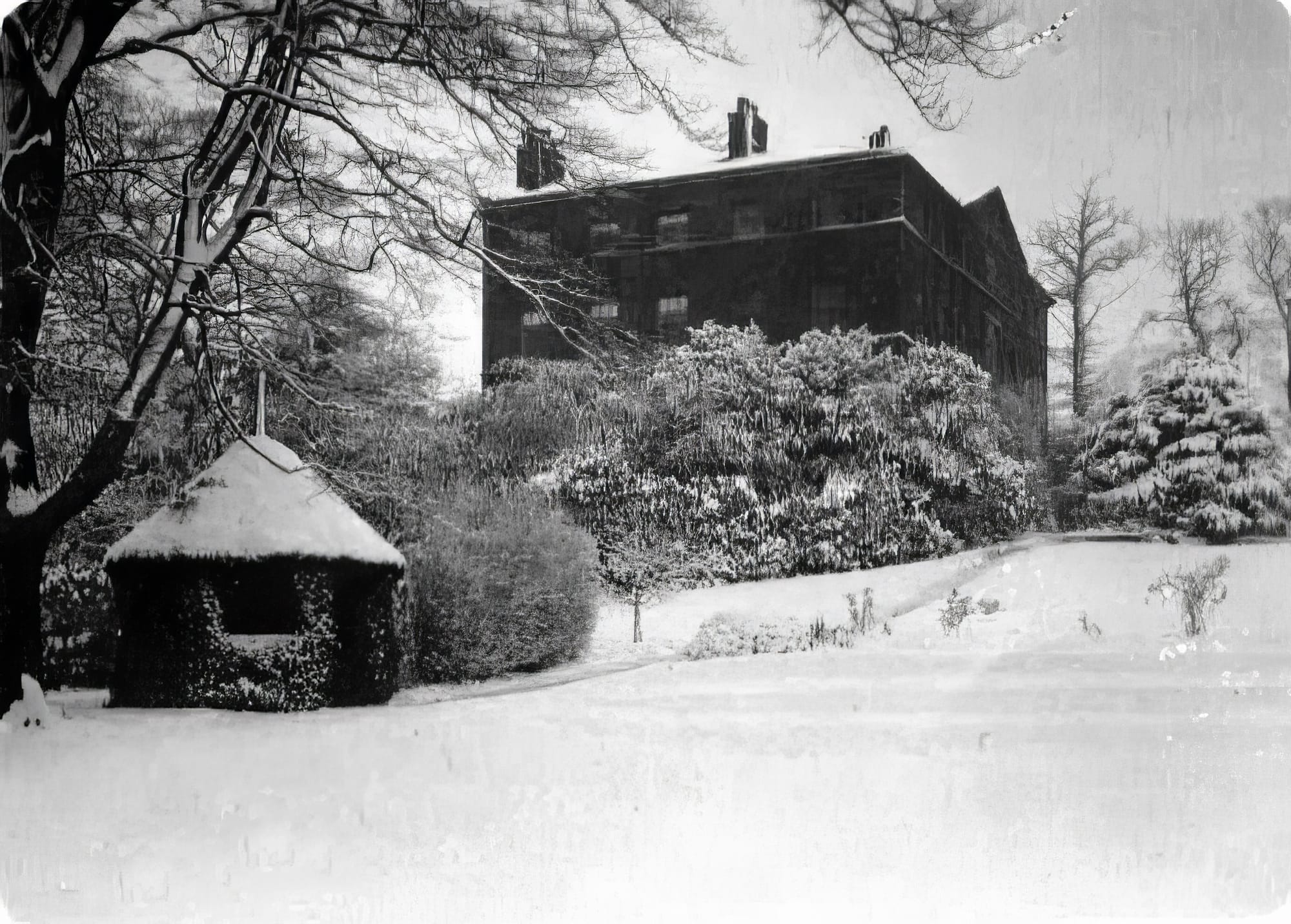

Changing Hands and the End of an Era
By the 1930s, Park Hall found itself without occupants, and in 1937, the estate was put on the market by Robert St Vincent Parker-Jervis (1908 - 1973). The sales brochure detailed features such as a stone-flagged entryway leading to three reception areas with oak flooring; and two featured intricately carved wood fireplaces. Additional spaces included a cloakroom, a butler’s pantry, and a servants' hall, along with various domestic spaces and cellars below ground. The upper level, accessible by dual staircases, housed six bedrooms, three dressing areas, and a bathroom, with another eight rooms located on the floor above.
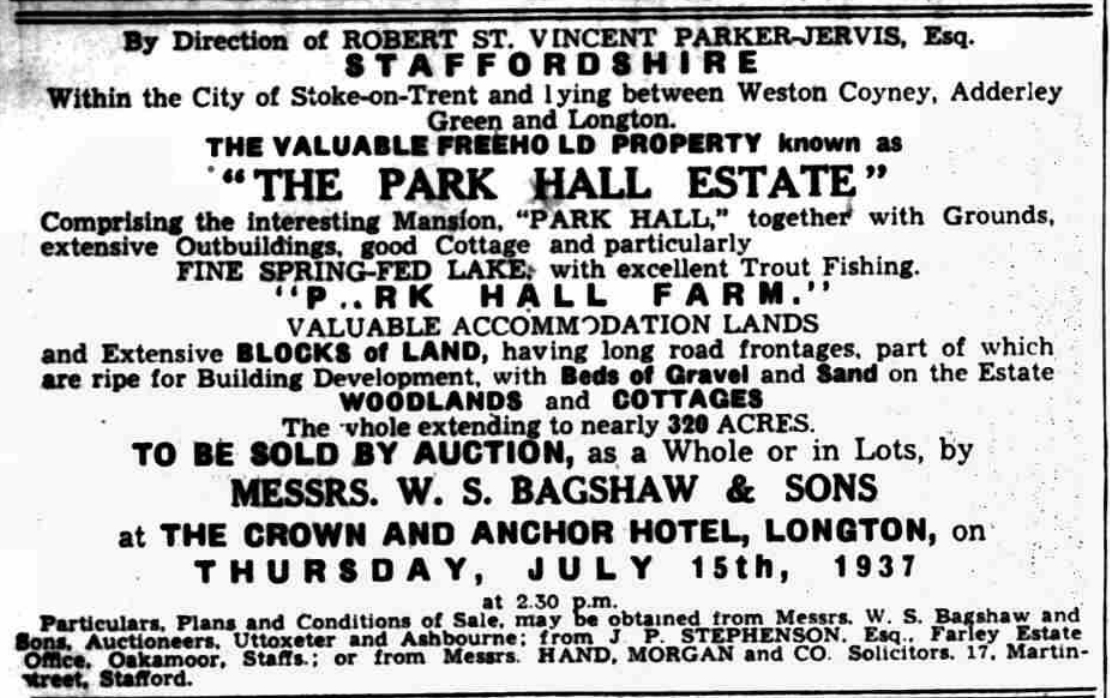
The estate also boasted several outbuildings: a coach house, a cart shed, laundry facilities, a woodshed, and a tool storage area, complemented by stables and pigsties. A quaint cottage stood in the yard, complete with a living room, kitchen, pantry, and two bedrooms, alongside a walled garden hosting fruit trees and a sizable greenhouse.
The front terrace showcased a collection of small cannons, and the estate was enriched with forest trees, a summer house, and an ornamental lake complete with a boathouse, the lake being spring-fed.
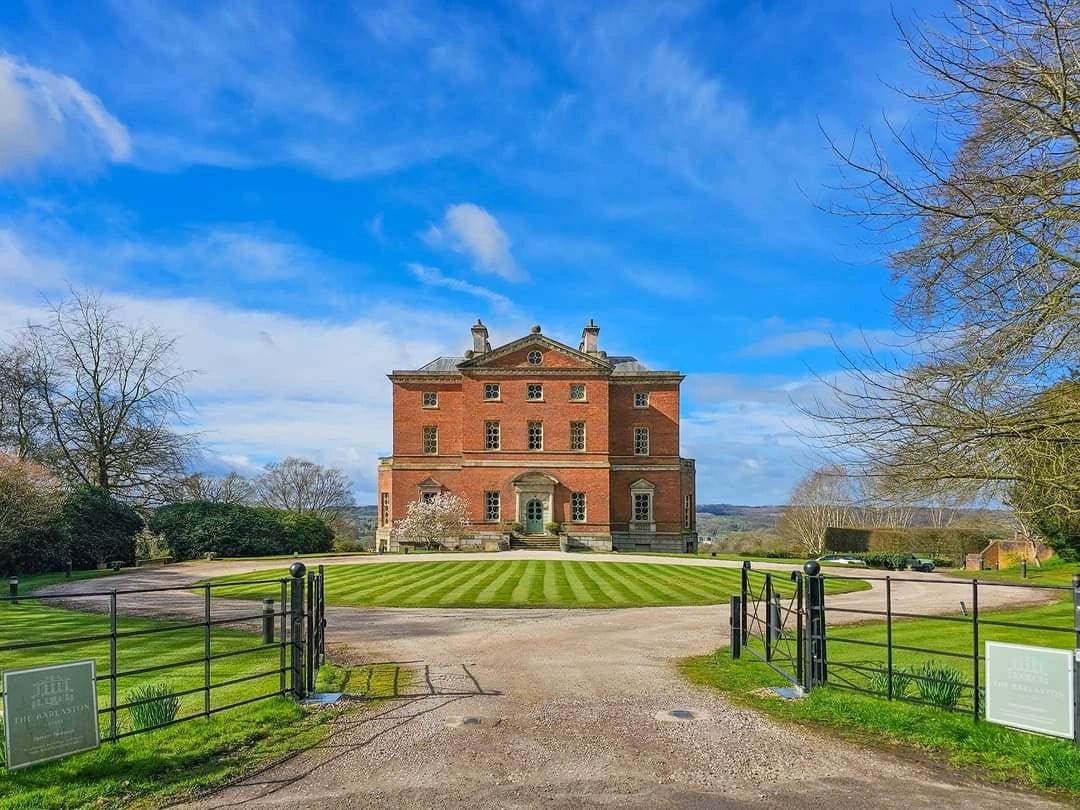
An interesting note from the sale was the interest shown by Josiah Wedgwood V, amidst considerations for relocating the historic Etruria factory. The 320-acre Park Hall estate matched the size of the eventual choice at Barlaston, hinting that Park Hall could have been an alternate location for the new Wedgwood factory site.
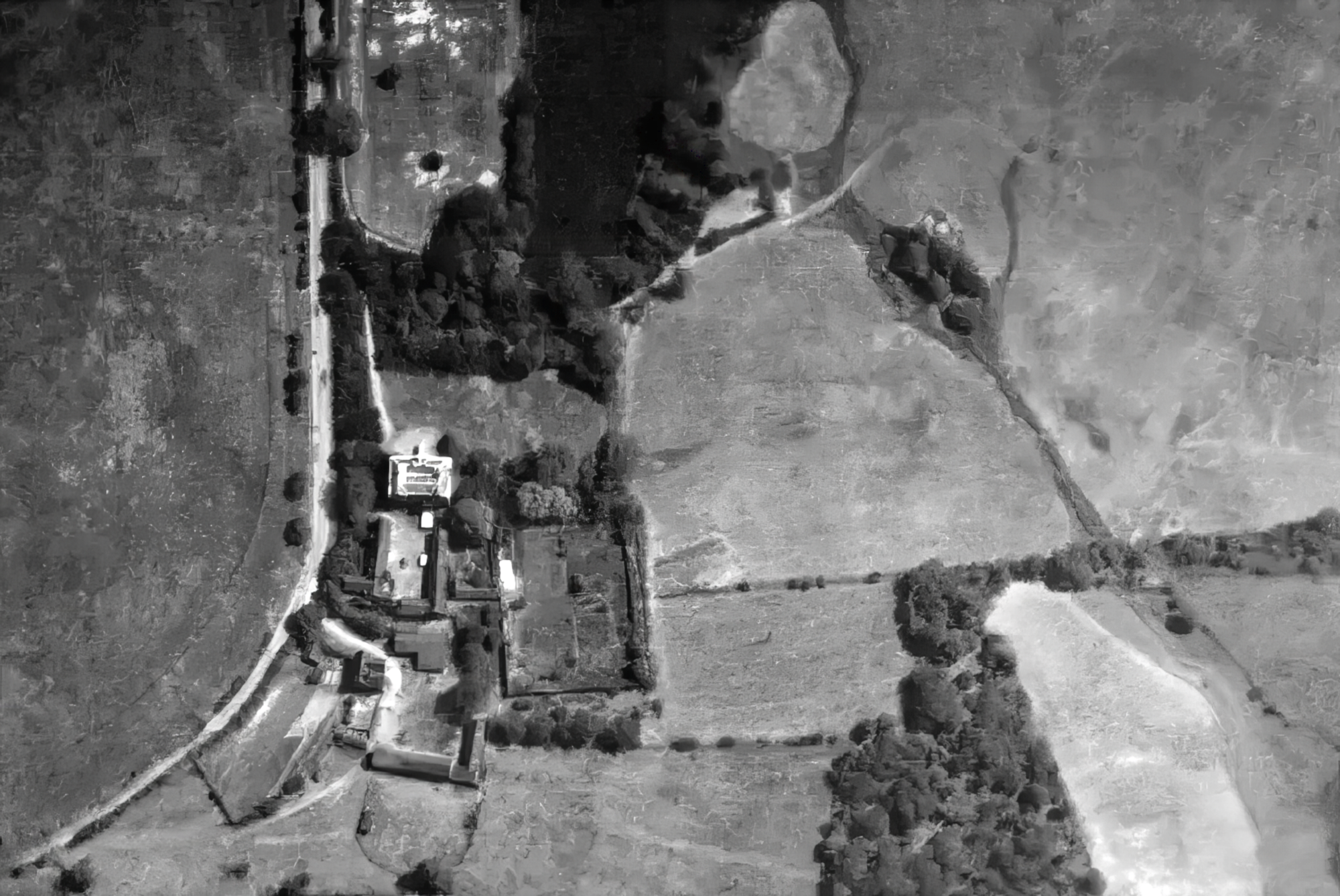
World War II
As World War II commenced, Park Hall assumed a new role far removed from its grand past. The estate was leased to Pickfords, a prominent removal and storage firm, which used the extensive space for storing furniture and belongings from homes in regions deemed at high risk of bombing. This strategic utilization reflected the nationwide effort to safeguard personal and valuable items from the destruction wrought by air raids.
During this period, the estate also served as a temporary home for the Jackson family, who resided in a small cottage located on the grounds behind the main hall. Tasked with overseeing the estate in its adapted capacity, the Jacksons functioned as caretakers, ensuring the safety and maintenance of both the stored items and the property itself. Their presence was a constant in a time of great upheaval, embodying the adaptability and resilience required during the war years.
This phase of Park Hall's history underscores the pragmatic adaptations required during extraordinary times, as the estate contributed to the national effort in a manner far removed from its original purpose.
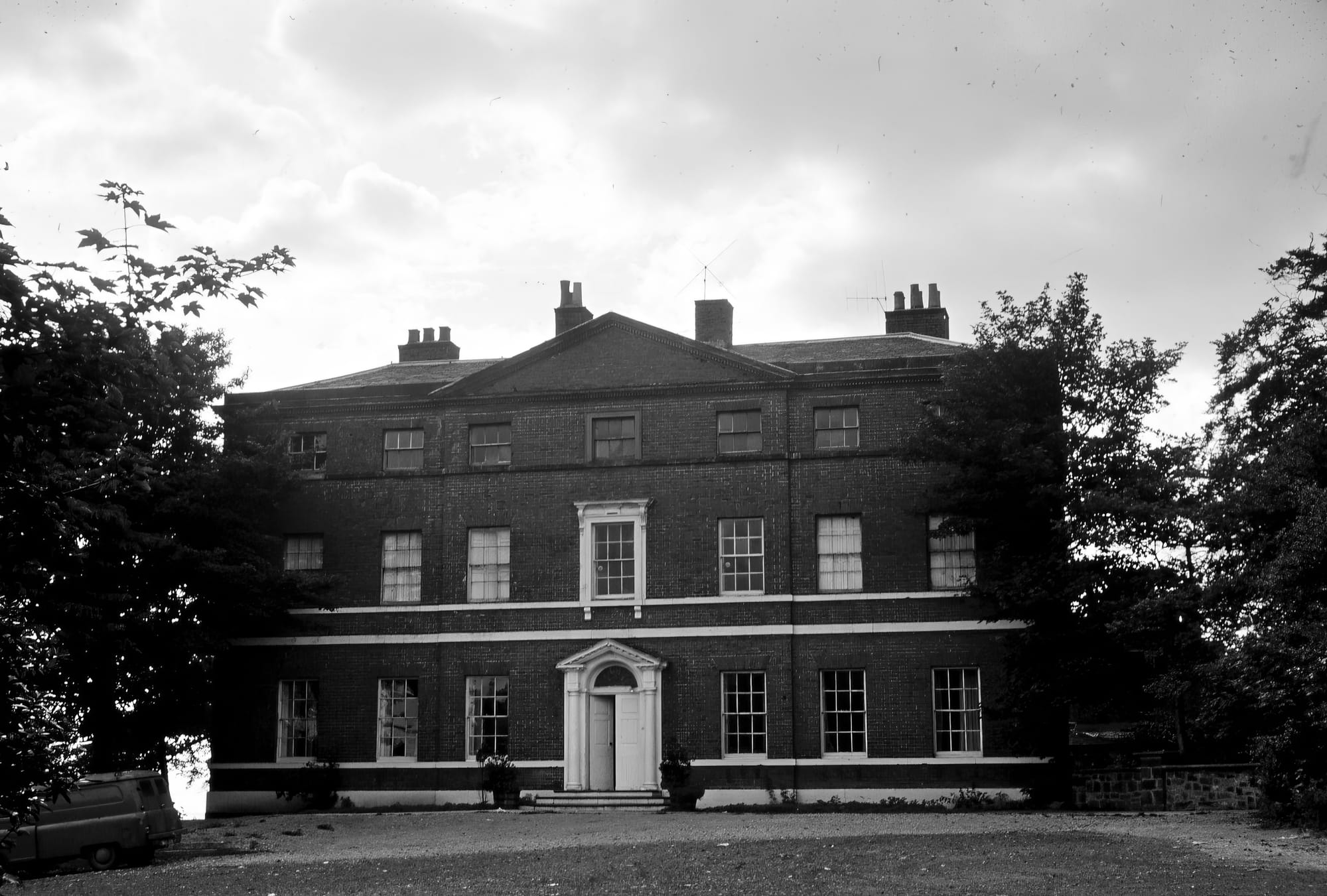
Transformation into a Leisure Venue
In the 1960s, Park Hall experienced a significant transformation when it was turned into the Safari Lake Club and Casino by Joseph Jackson, who purchased the estate. Officially opening on December 12, 1961, this new venture marked a dramatic shift from the estate's historical roles, aligning it with the leisure and entertainment trends of the era.
Joseph Jackson's vision brought to life a venue that was distinct for its time, adopting an exotic safari theme that stood out in the region. The club's decor featured a variety of jungle-inspired elements, including an elephant head, monkey masks, and a large bear statue, creating a unique atmosphere that promised visitors an escape into a different world.

Entertainment and Atmosphere
The club was known for its lively atmosphere, enhanced by lights shaped like gorilla faces and staff dressed in themed costumes, serving guests in an environment far removed from the typical English setting. It became a popular entertainment spot, attracting a wide audience with performances from well-known artists, including Bert Weeden, which contributed to its reputation as a go-to destination for entertainment.
He ran the club alongside his sons, but by 1967 Maurice Joseph Jackson was in a lot of debt and had to leave The Potteries because of threats against his life. In September 1967 a development company bought Park Hall to build the present housing estate on the site.

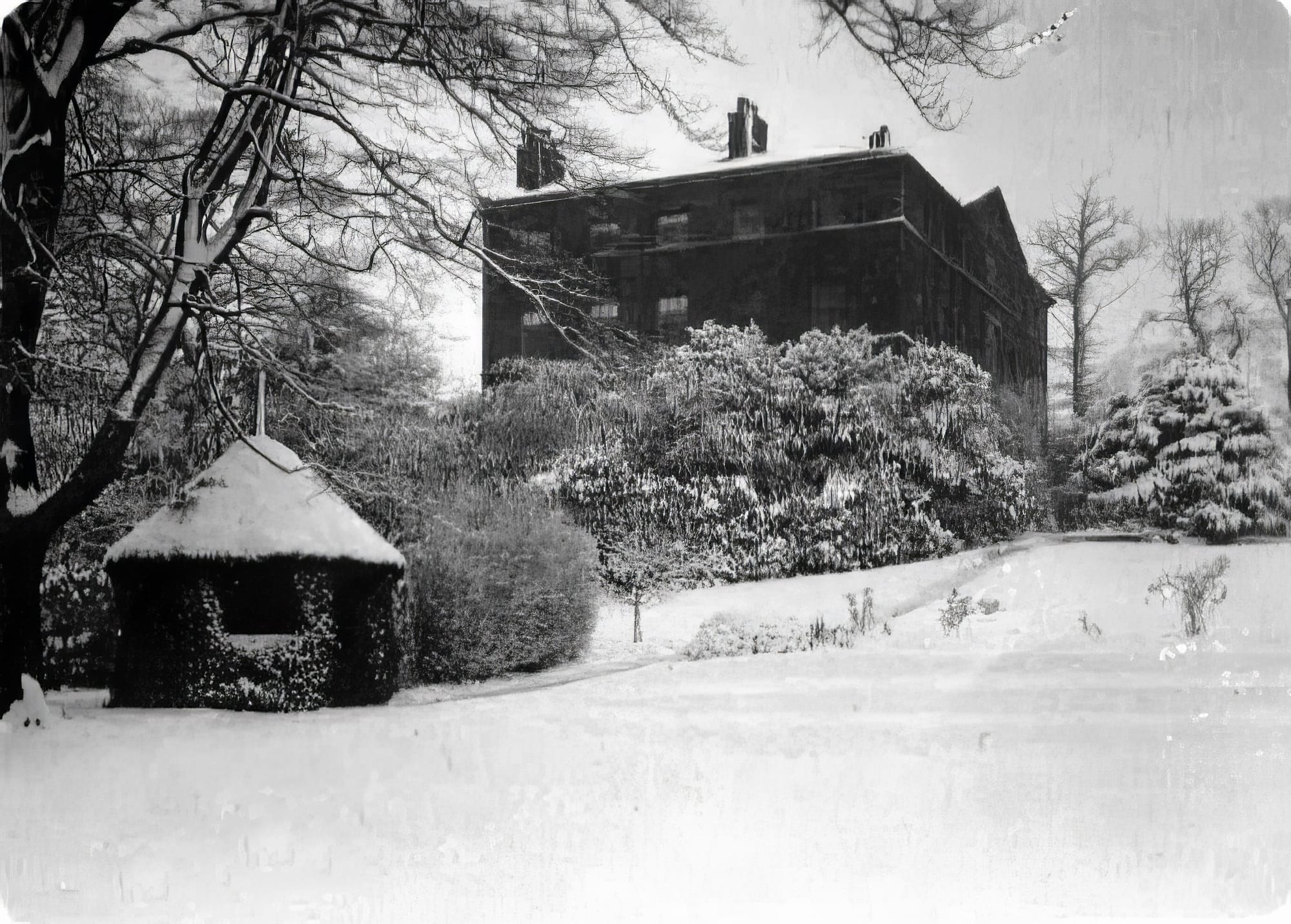
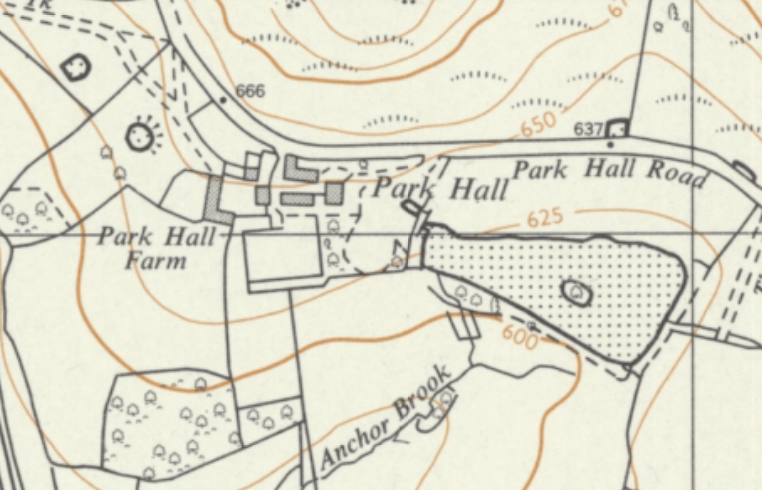
The Fire of 1970
The fire that led to the demolition of Park Hall was a catastrophic event, erasing centuries of history and architecture. Despite the estate's transformation over the years, including its last incarnation as the Safari Lake Club and Casino, the fire obliterated the physical connection to its storied past. The loss was not just material but also historical, as countless artefacts, records, and architectural details unique to Park Hall were consumed by the flames.
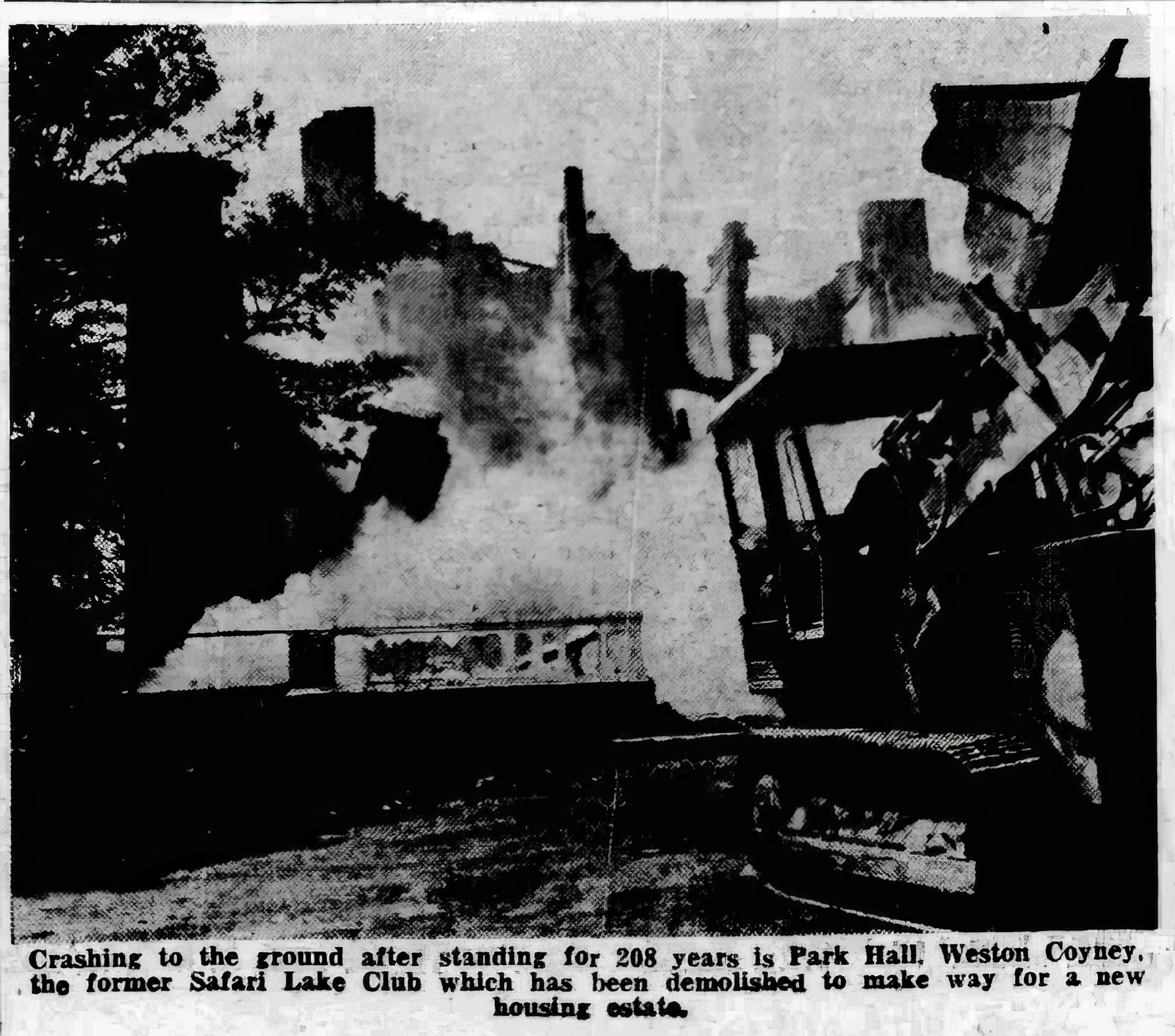
Impact on Staffordshire's Heritage
The demolition of Park Hall in the aftermath of the fire reflects a broader theme of vulnerability among country houses and heritage sites in Staffordshire and beyond. Many such estates have faced similar fates, whether through neglect, financial hardship, or as in this case, disaster.
As we reflect on the loss of Park Hall and similar estates, let us renew our commitment to preserving the remnants of our past. In doing so, we honour the memory of those who shaped our history and ensure that their legacies inform and enrich our future.
The destruction of Park Hall underscores the importance of preservation efforts for remaining heritage sites. It highlights the need for proactive measures to protect and maintain these historical treasures for future generations. The memory of Park Hall, preserved through photographs, stories, and historical records, continues to inspire a sense of responsibility towards the conservation of other historic buildings and estates.
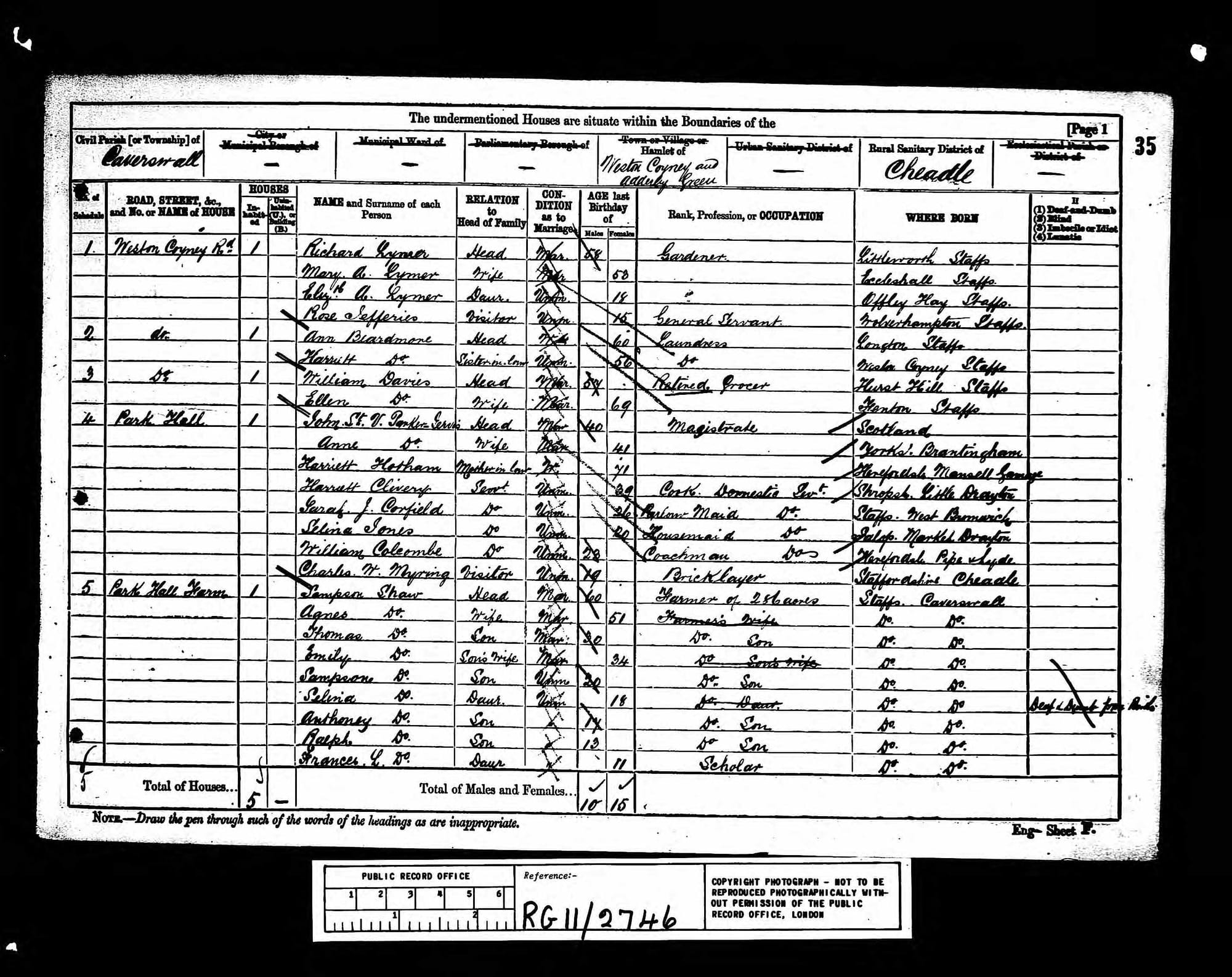
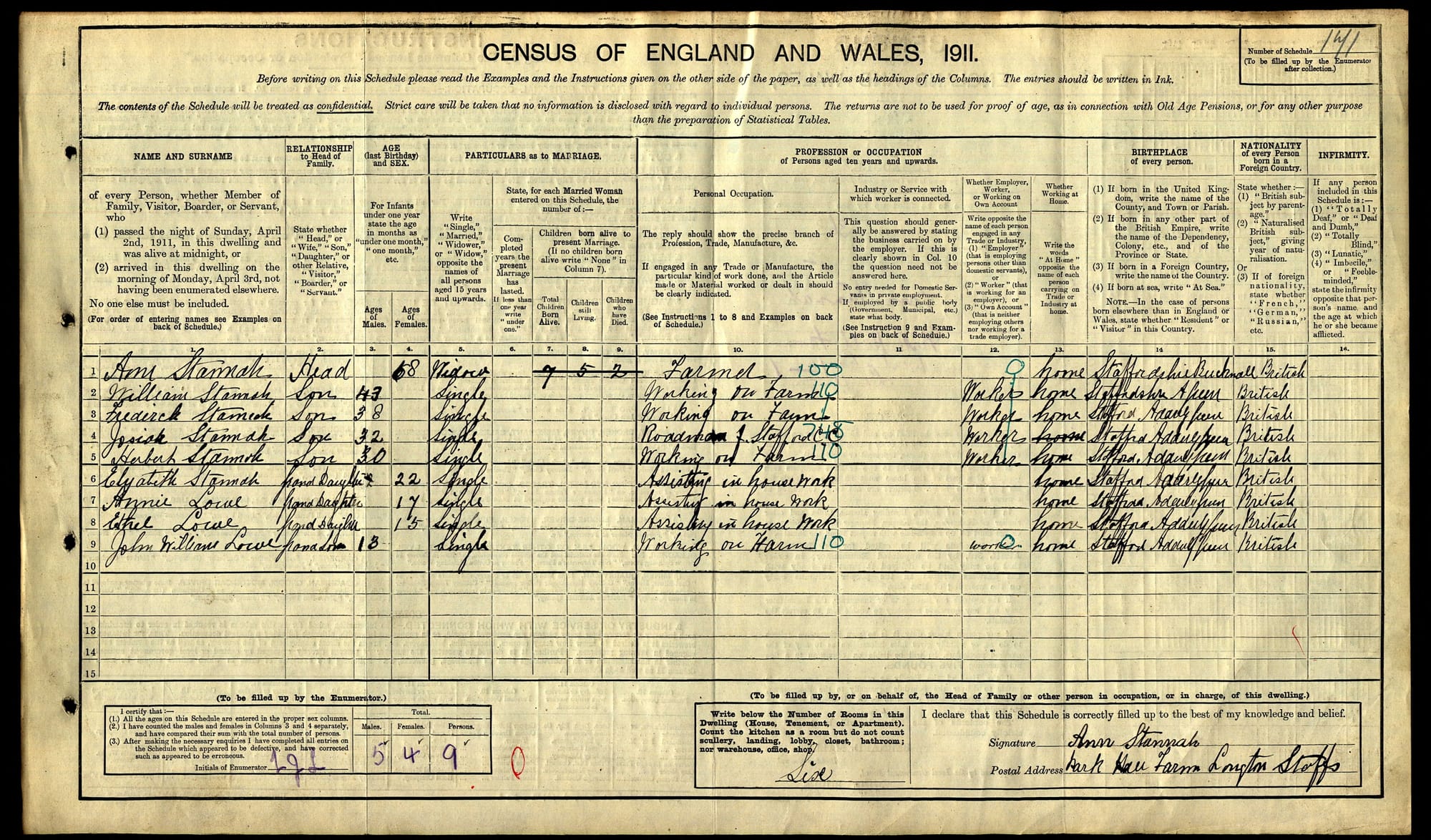
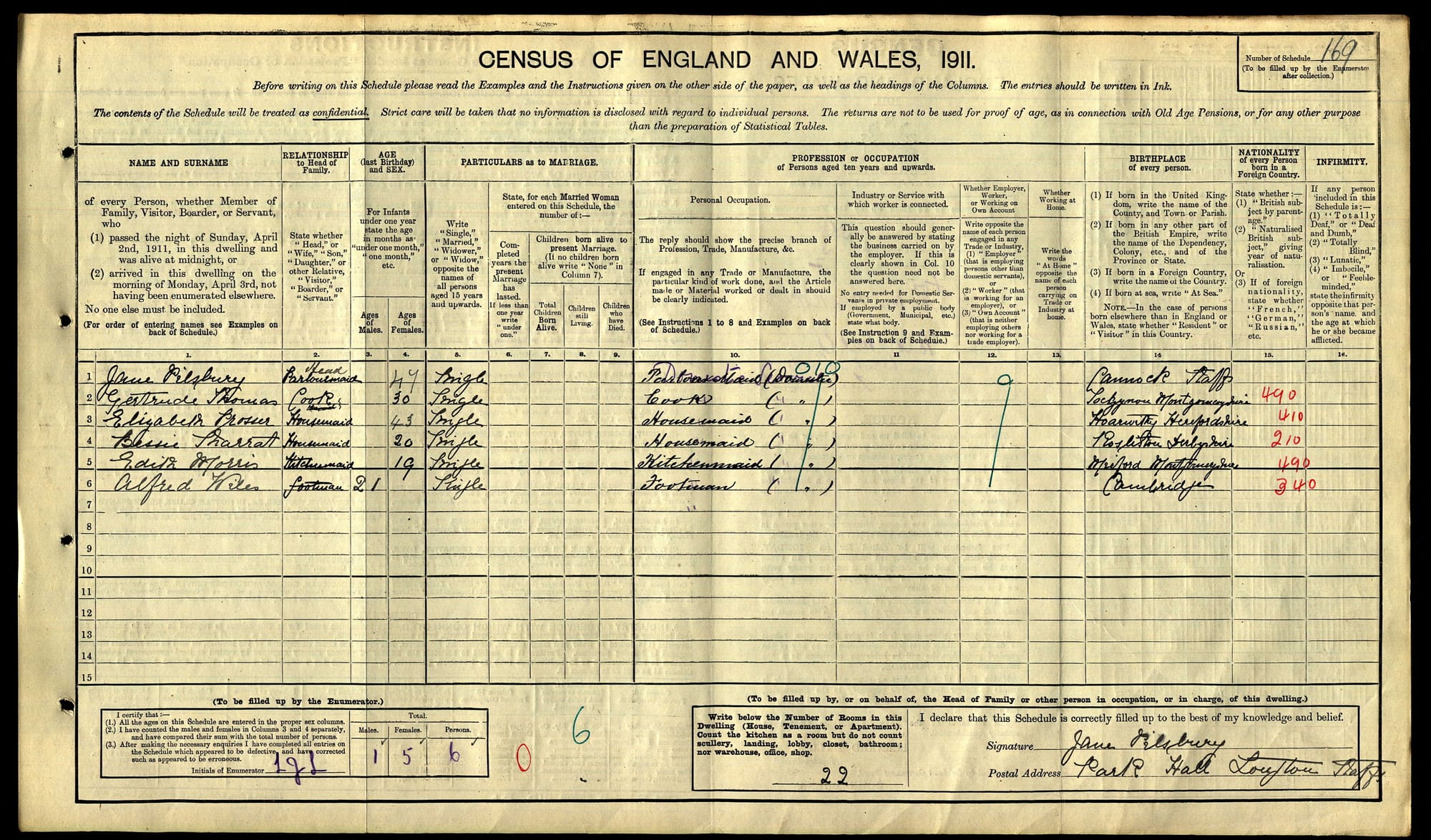
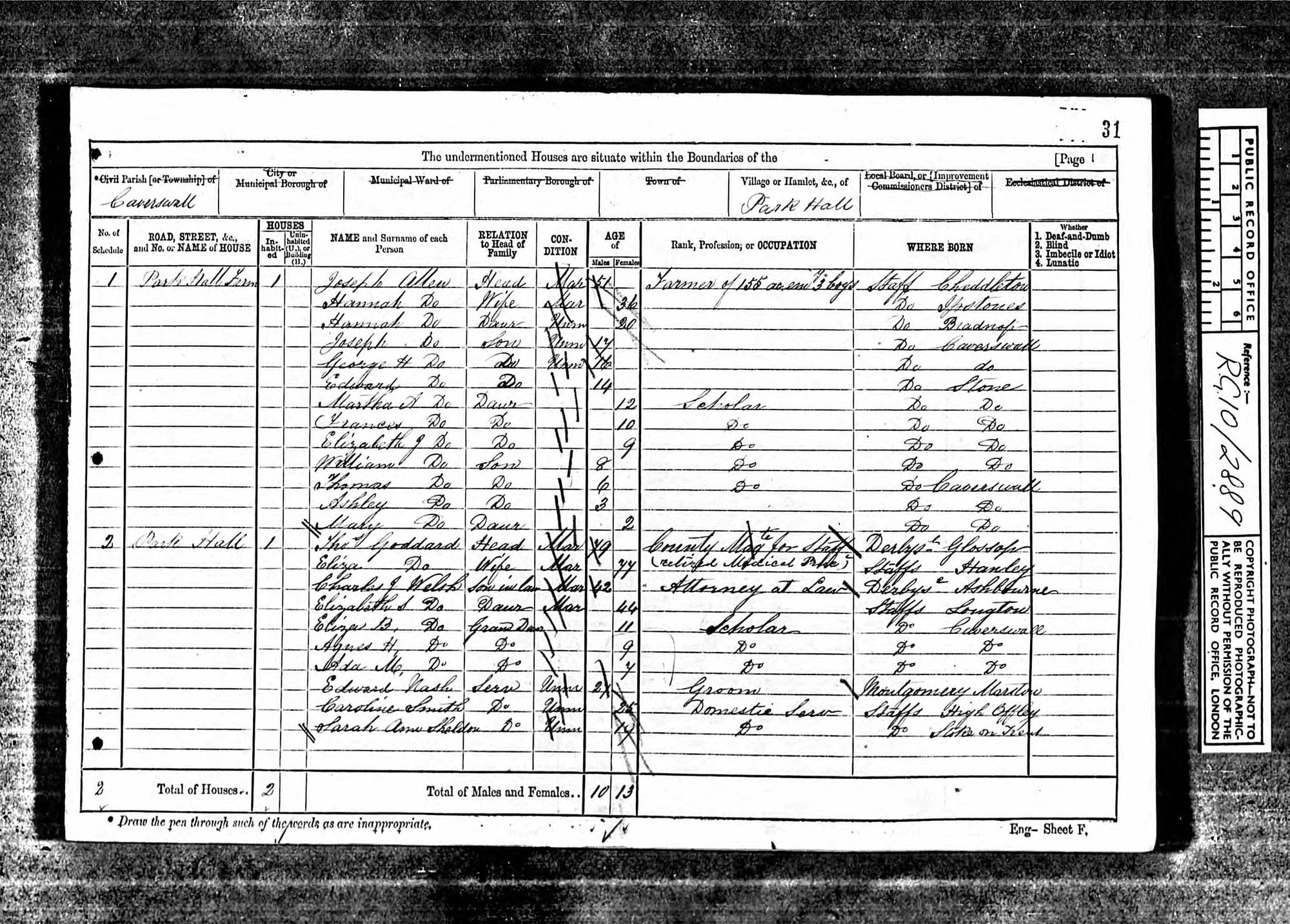
Some of the census for the Park Hall and Park Hall Farm
If you would like to visit the site of Park Hall, you can find it here. The fishing lake is still there and is a lovely walk, with lots of wildlife.

Please sign my petition to help save buildings like this
Thank you for reading!
If you like what you have read, please feel free to support me by following and signing up for my newsletter and/or buying me a coffee!

If you love our local history, don't forget to follow me, check out more of my videos and my website http://www.theredhairedstokie.co.uk
Don't forget to subscribe to my YouTube channel - https://www.youtube.com/channel/UCCA246yaLXVDHSB-MrFMB2A
Check out my recommended reading list
